Solar PV Cheshire

Roundup of Best Practices for Environmental Impact Assessments in Solar PV
Addressing the potential negative effects of solar PV projects begins with a comprehensive assessment of the specific environmental context. It is essential to identify critical areas and species that could be impacted during both the construction an...
Read more →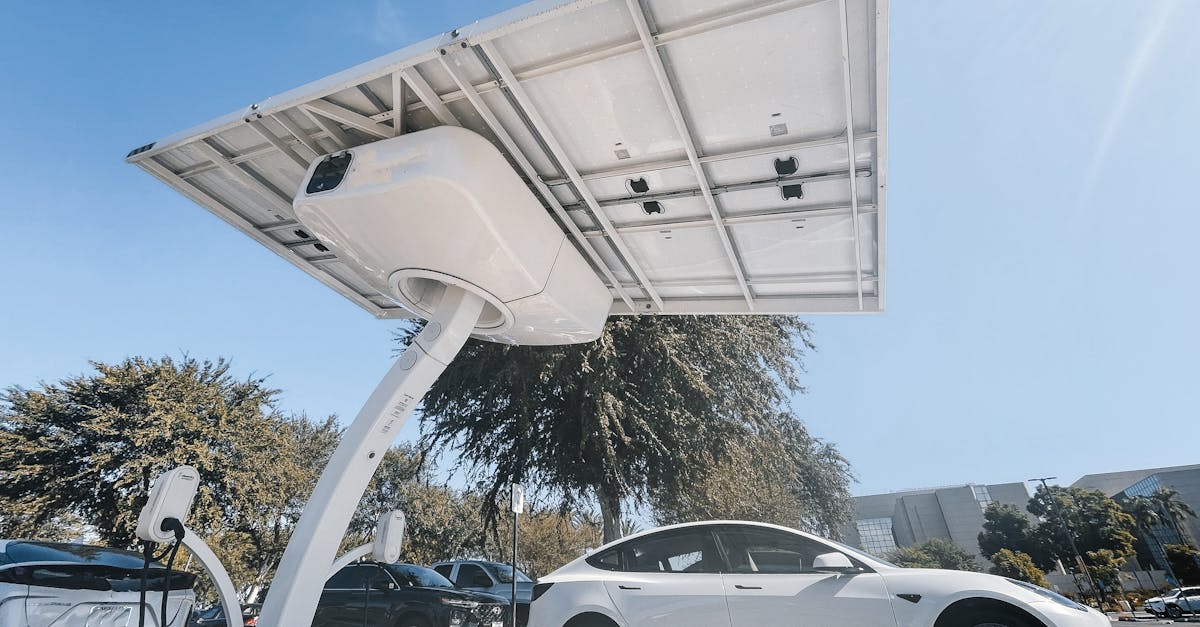
Review of Current Grid Connection Regulations for Solar PV
The financial implications of connecting solar photovoltaic (PV) systems to the grid can vary significantly based on several factors. One major expense involves the initial connection fee, which is determined by the local electricity distribution net...
Read more →
10 Key Benefits of Renewable Energy Certificates
Companies today are increasingly aware of their impact on the environment. Embracing renewable energy certificates (RECs) allows organisations to showcase their commitment to sustainability. This proactive approach not only enhances corporate reputat...
Read more →
Why Government Incentives Matter for Solar PV Adoption
Understanding the benefits of solar photovoltaic (PV) systems is crucial for driving their adoption. Public awareness initiatives play a vital role in dispelling misconceptions about solar energy and highlighting its advantages, such as lower electri...
Read more →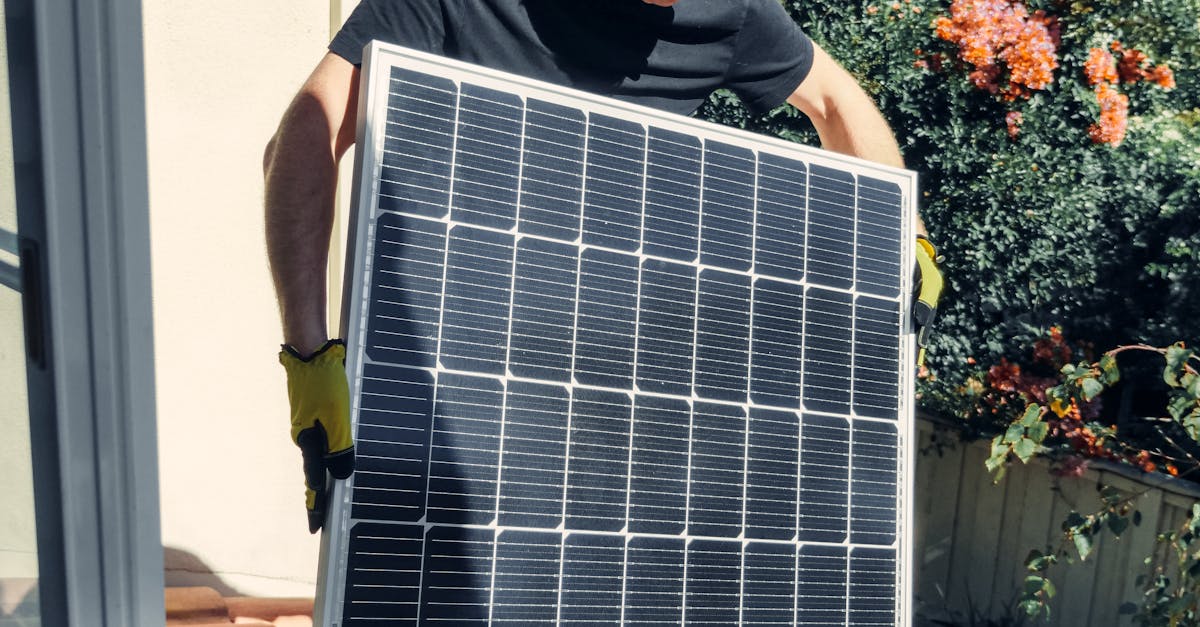
What to Consider Before Grid Connection for Solar PV
The installation of solar photovoltaic (PV) systems can significantly influence property values. Homes equipped with solar energy systems may attract buyers looking for energy efficiency and lower utility costs. Research has indicated that properties...
Read more →
The Historical Development of Feed-in Tariffs in the UK
Throughout the evolution of renewable energy incentives in the UK, government policy and regulation have played pivotal roles. Early initiatives such as the Renewable Obligation in the early 2000s established a framework which encouraged the growth o...
Read more →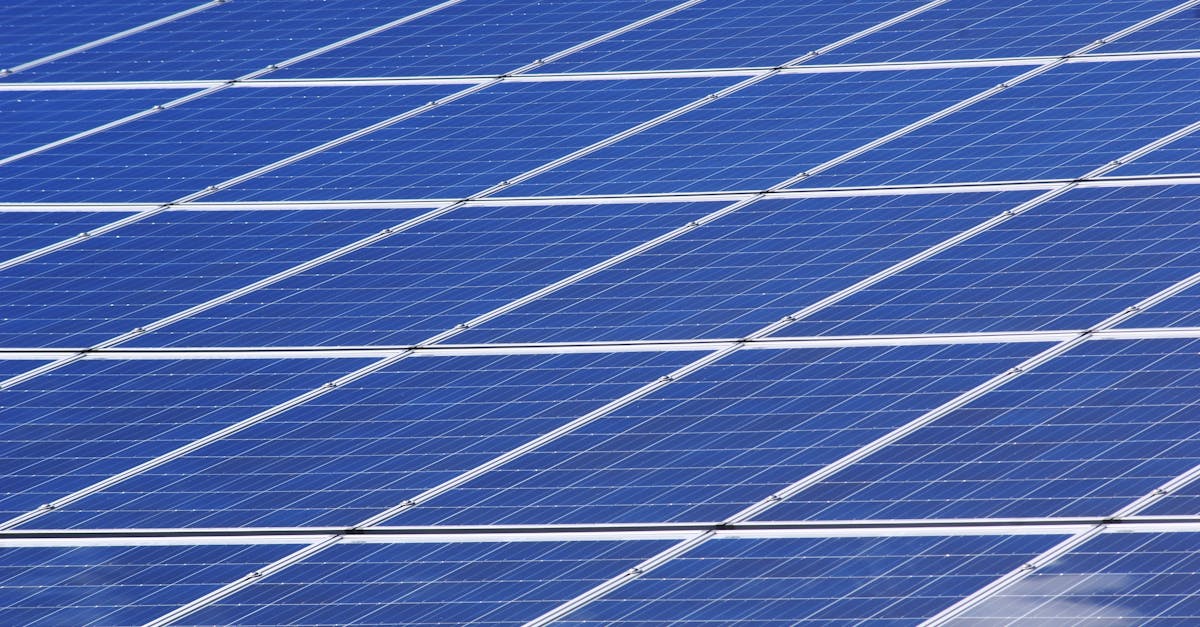
Why Environmental Impact Assessments are Crucial for Solar Projects
Identifying potential environmental impacts is the first step toward effective mitigation. Engaging with local communities and stakeholders fosters collaboration and ensures that various perspectives are considered. Integrating measures such as site ...
Read more →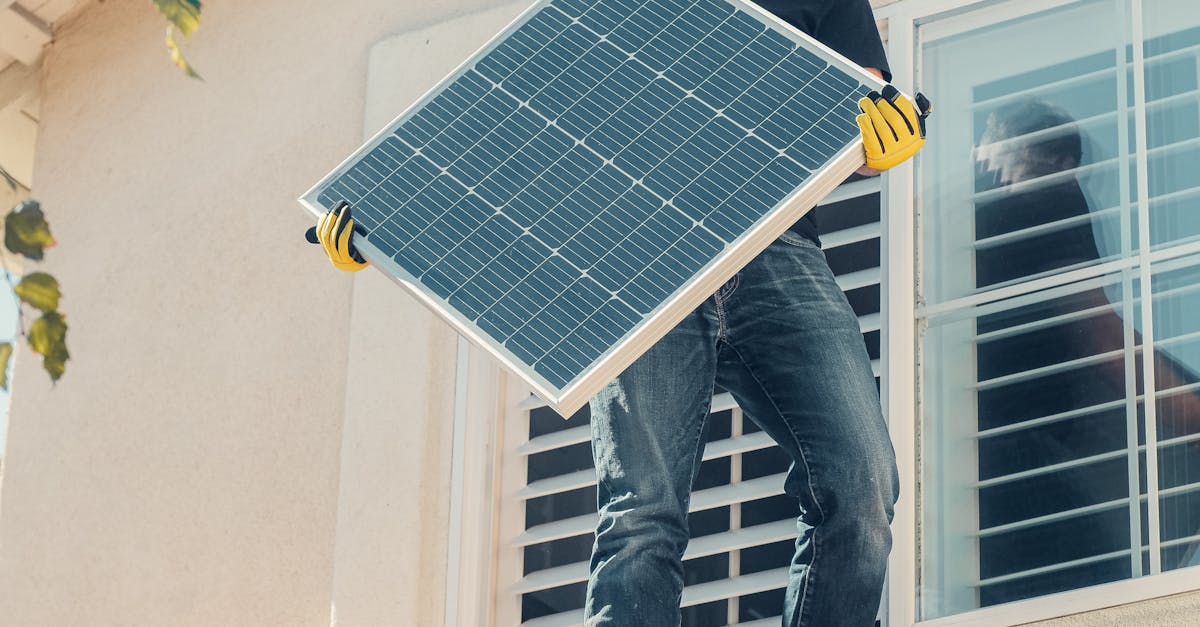
What to Know About Renewable Energy Certificates
Acquiring renewable energy certificates offers a straightforward way for individuals and businesses to support green energy initiatives. Various platforms exist where buyers can easily purchase these certificates from verified sources. Options range ...
Read more →
Roundup of the latest grid connection regulations
The cost associated with grid connections has seen significant variation due to factors like location, scale, and infrastructure requirements. Developers must consider not only the initial connection fees but also any potential upgrades needed to acc...
Read more →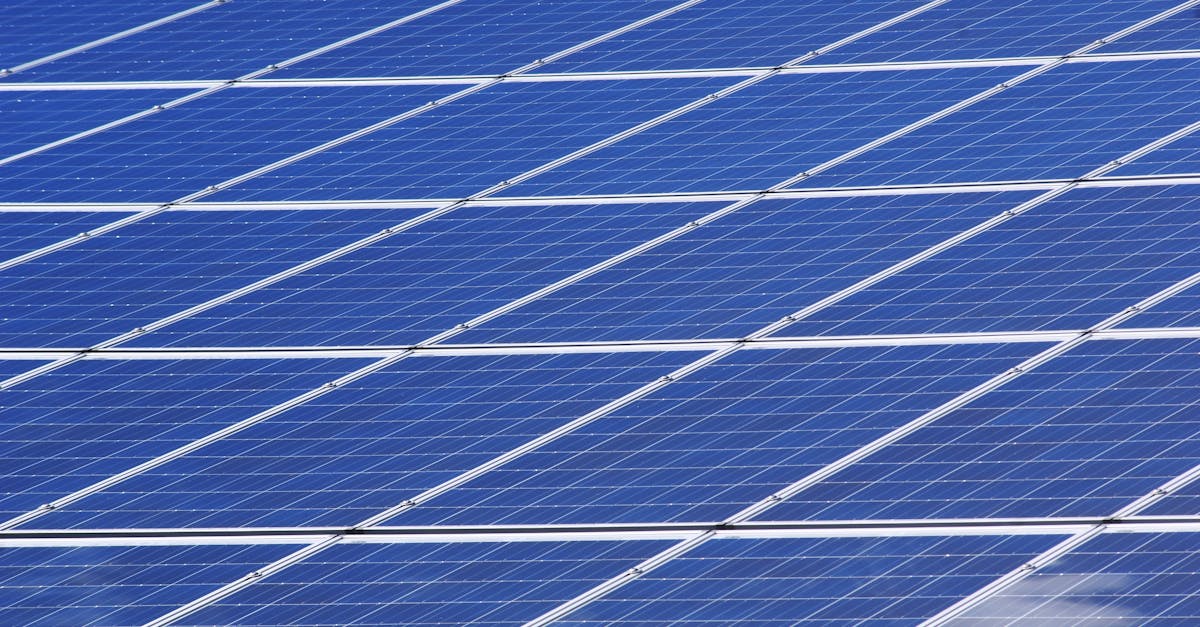
How to Navigate Feed-in Tariffs for Solar Energy
Many homeowners underestimate the importance of understanding the local regulations surrounding feed-in tariffs. Failing to research eligibility criteria and compliance requirements can lead to missed opportunities for maximising returns. Furthermore...
Read more →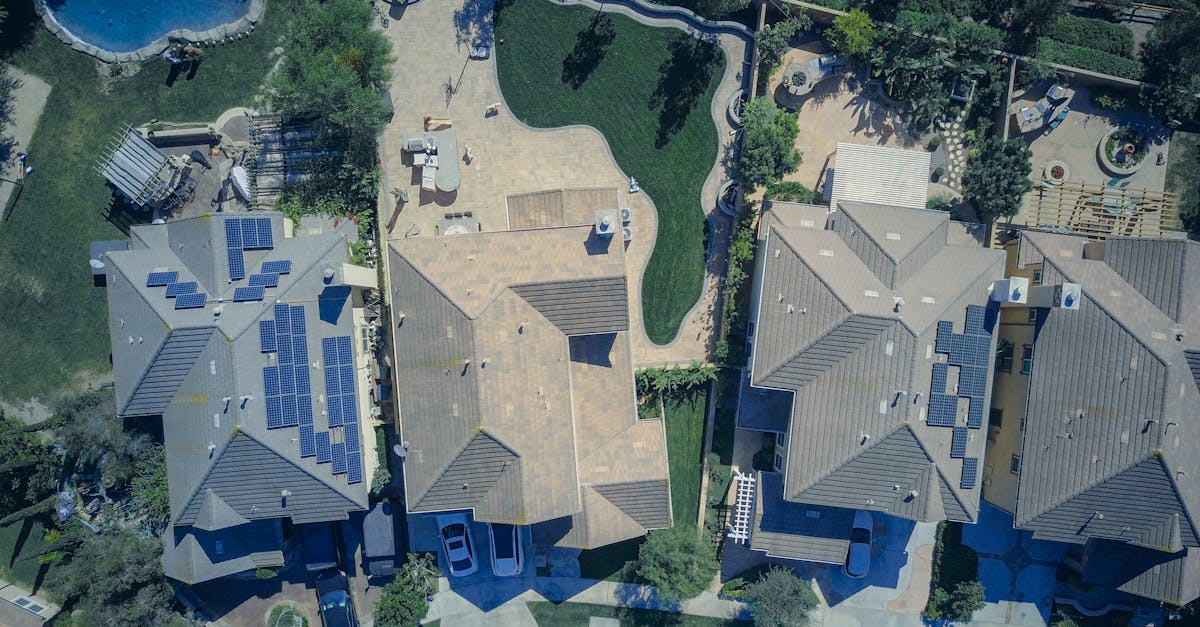
Review of current feed-in tariff schemes
Feed-in tariff schemes exhibit considerable variation across different regions, each influenced by local energy needs, government policies, and economic conditions. In Europe, for instance, countries like Germany and Spain have implemented robust tar...
Read more →
How to Apply for Government Incentives for Solar PV
After you submit your application for government incentives for solar PV, the waiting period begins. During this time, the relevant authorities will acknowledge receipt of your application, often providing a reference number for tracking purposes. Ex...
Read more →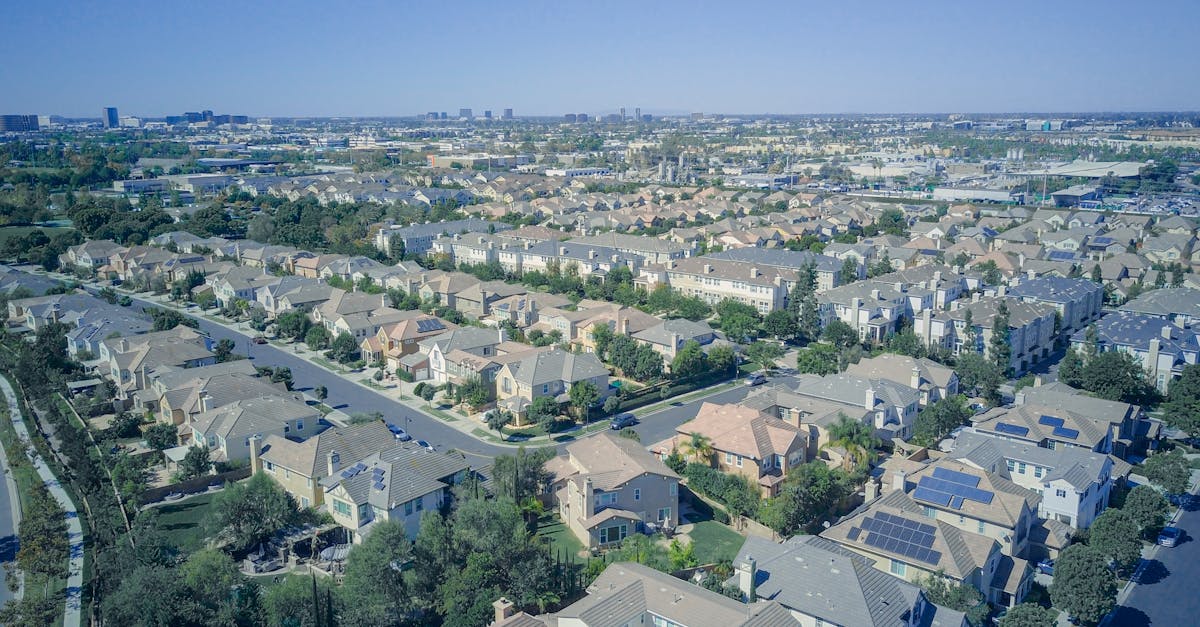
10 government incentives to boost solar PV adoption
Net metering has emerged as a pivotal policy supporting the adoption of solar energy. This mechanism allows homeowners and businesses generating their own electricity from solar panels to receive credit for the excess energy they feed back into the g...
Read more →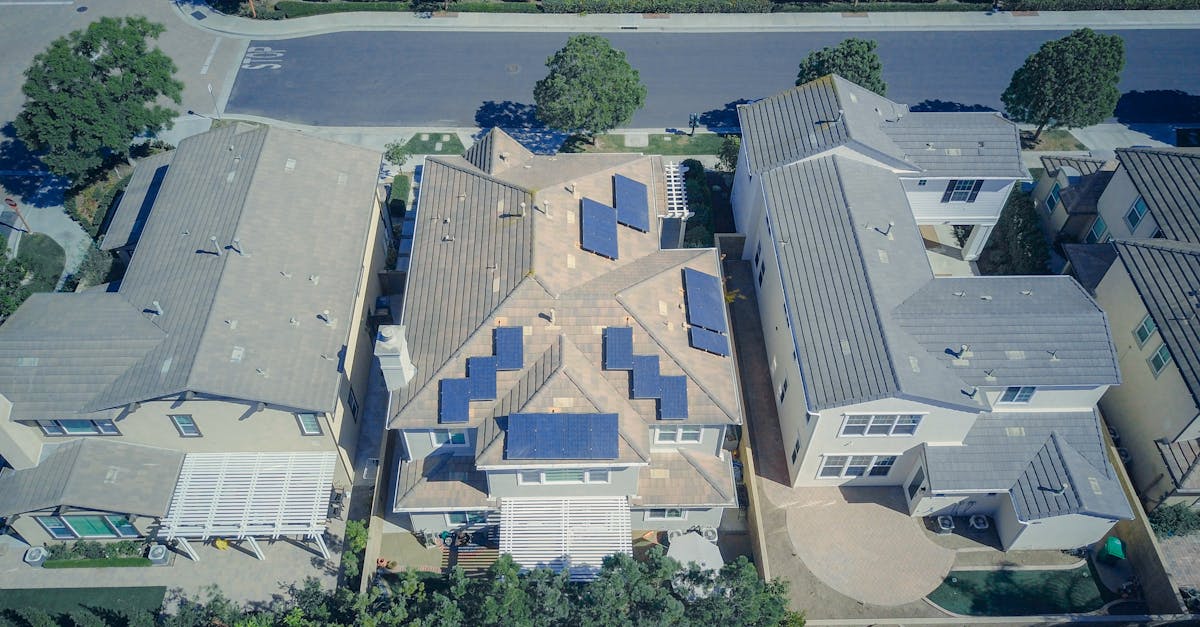
Why invest in renewable energy certificates
Investing in renewable energy certificates demonstrates a commitment to sustainability. Companies that prioritise green initiatives attract environmentally conscious consumers. This alignment with values enhances corporate reputation. Stakeholders in...
Read more →
Historical overview of solar PV policy development
The implementation of feed-in tariffs (FITs) marked a significant turning point in renewable energy policy. This mechanism guaranteed fixed payments to energy producers for the electricity generated from renewable sources over an extended period. By ...
Read more →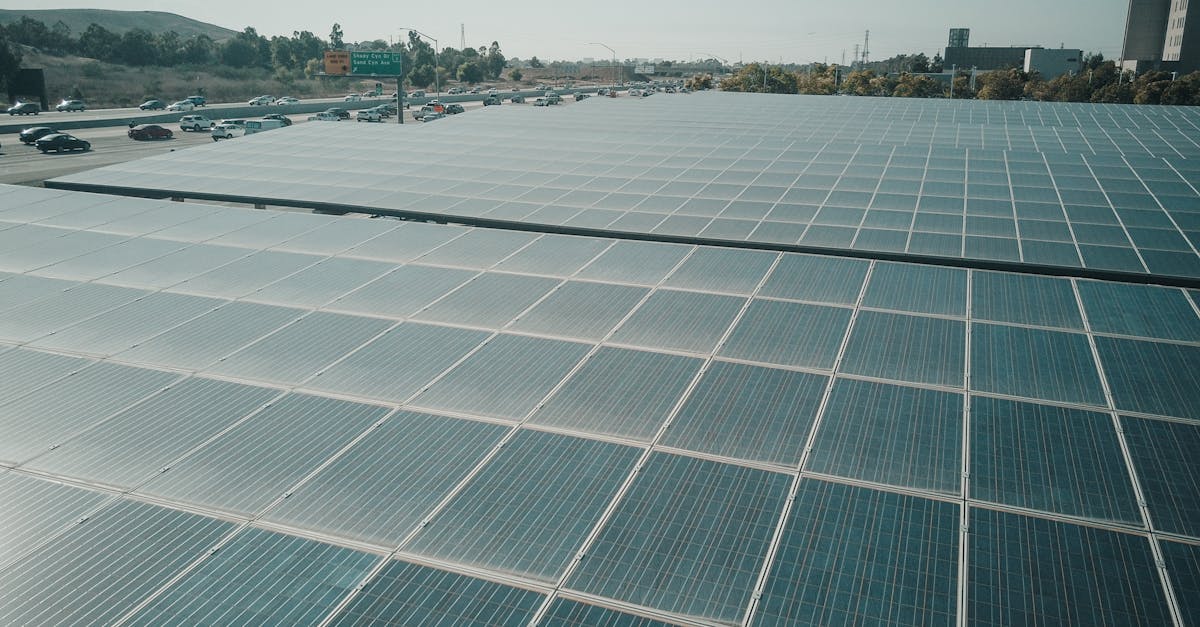
Why are feed-in tariffs important for solar energy
Feed-in tariffs provide a unique approach to promoting solar energy when compared to other incentives like tax credits. While tax credits often deliver immediate financial relief through reductions in tax liabilities, feed-in tariffs guarantee fixed ...
Read more →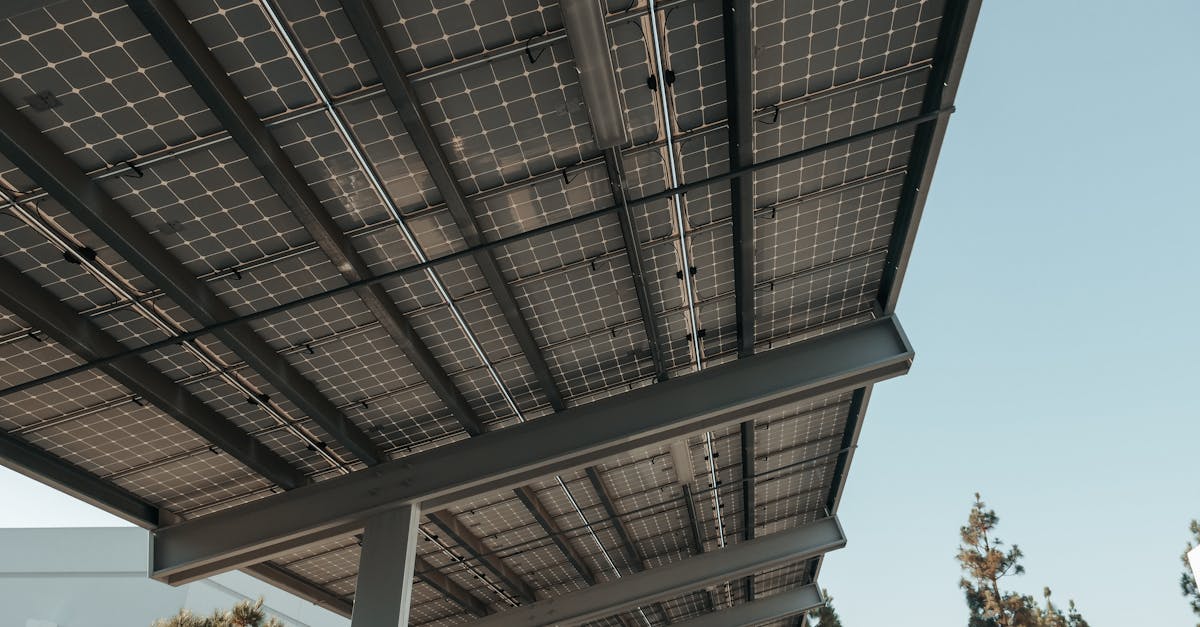
What to consider when assessing environmental impacts of solar PV
The carbon footprint associated with solar photovoltaic (PV) systems is a critical factor in evaluating their environmental sustainability. The entire lifecycle of solar panels, from manufacturing to installation, involves greenhouse gas emissions. R...
Read more →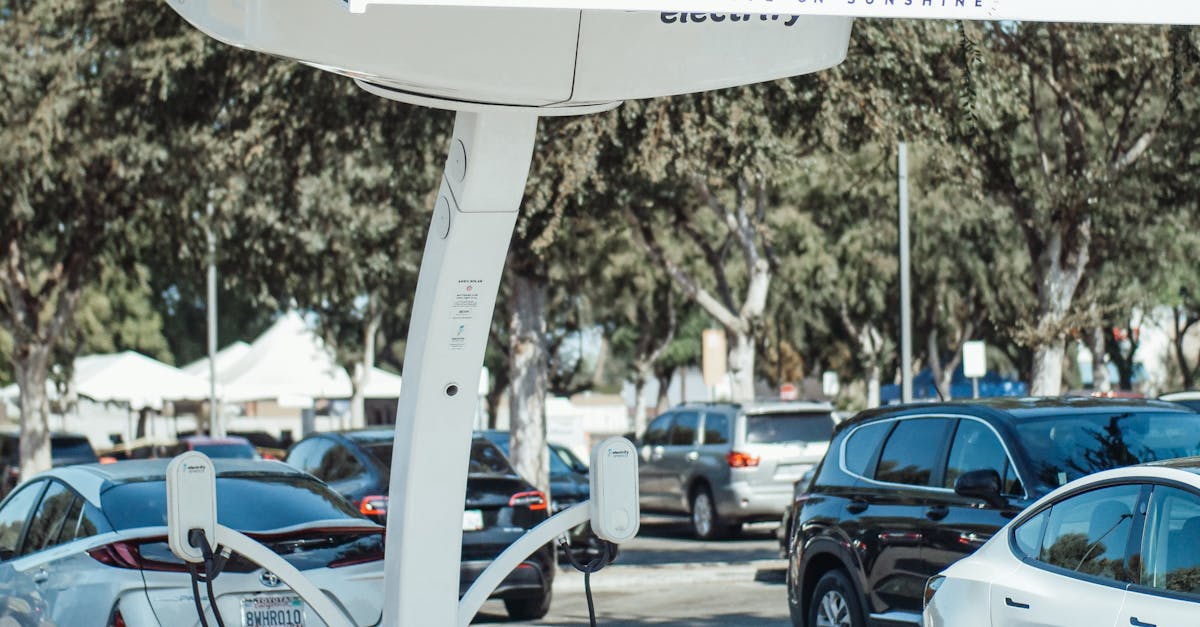
What are grid connection regulations for solar PV
When considering the installation of solar photovoltaic systems, understanding the associated costs of connecting to the grid is crucial. These costs can vary significantly depending on factors such as the size of the solar installation, the location...
Read more →
How to apply for renewable energy certificates
Many applicants overlook the importance of thoroughly reading the guidelines set by the certifying authority. Incomplete or inaccurate information can lead to unnecessary delays or outright rejections. Make sure all documentation is compiled correctl...
Read more →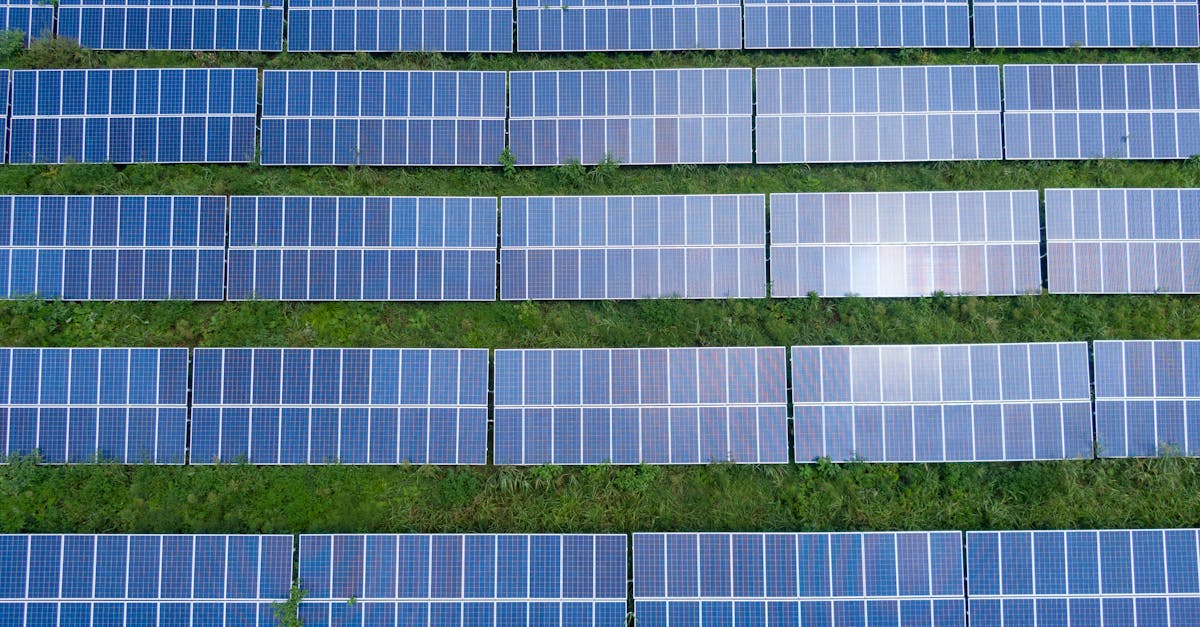
How to navigate government incentives for solar PV
Investing in solar photovoltaic (PV) systems requires careful consideration of various financing options available to potential users. These include outright purchases, solar leases, and power purchase agreements (PPAs). Each option presents unique b...
Read more →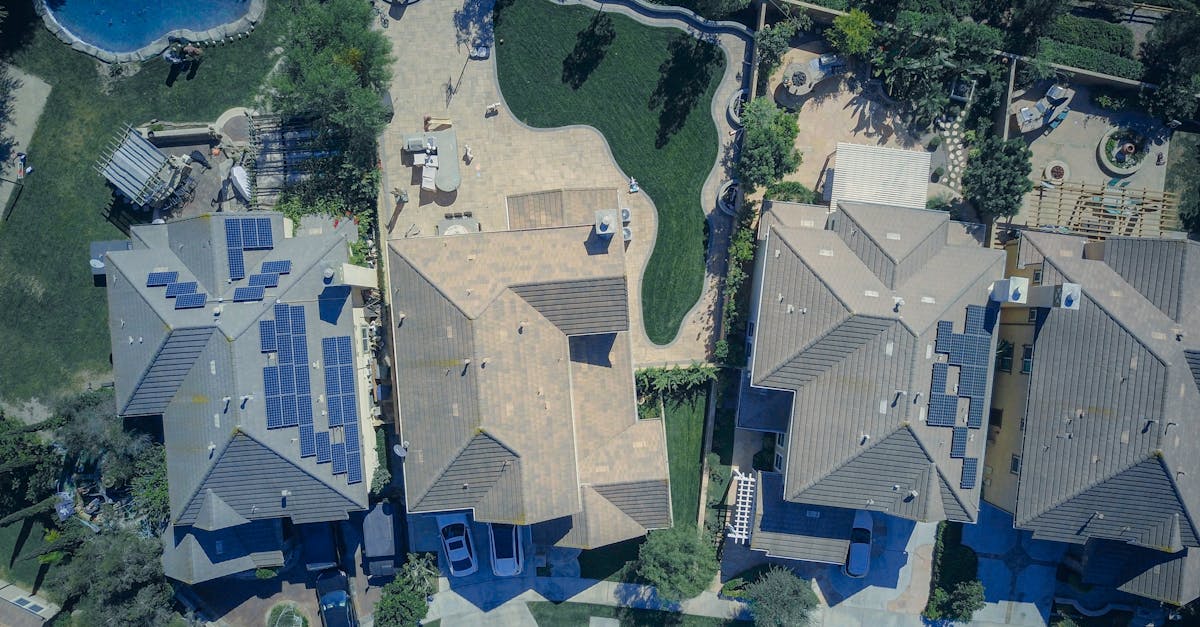
Roundup of the best practices for compliance with grid connection regulations
Establishing a proactive relationship with regulatory bodies is essential for successful grid connection compliance. Frequent communication can help clarify expectations and streamline the approval process. Attending workshops or seminars organised b...
Read more →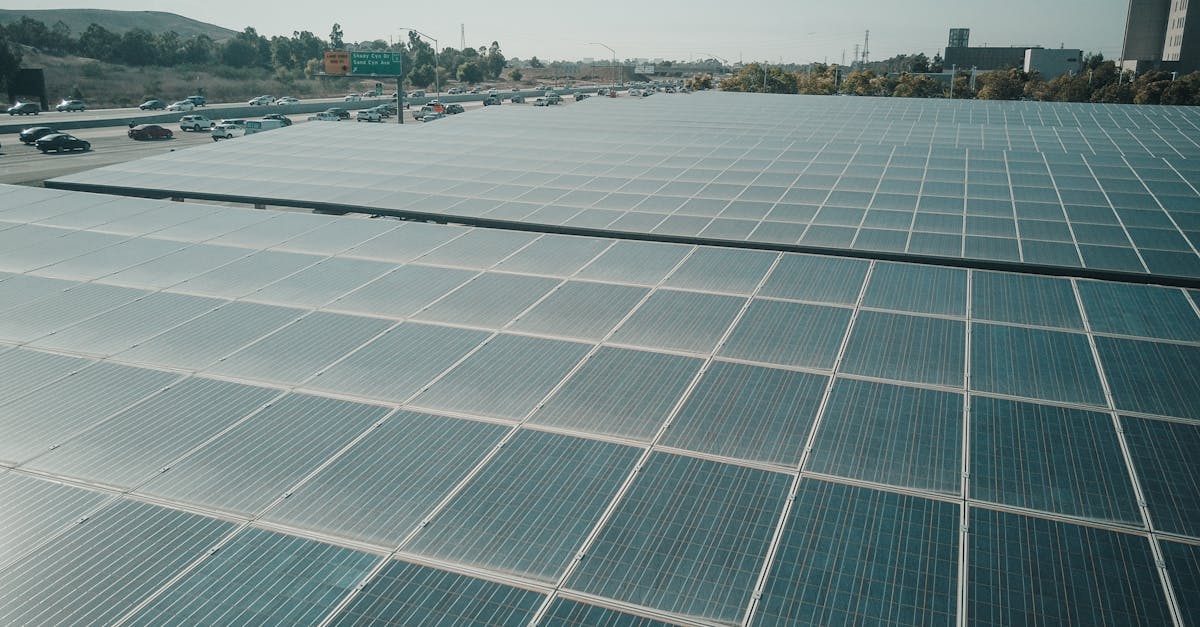
Review of the latest government incentives for solar PV
The transition to solar energy represents a critical strategy in the pursuit of carbon reduction. As governments worldwide strive to meet ambitious climate targets, solar photovoltaic (PV) systems emerge as a viable solution for reducing greenhouse g...
Read more →
Historical overview of renewable energy certificates in the UK
The landscape of renewable energy certificates in the UK has experienced significant transformation due to various regulatory changes. The implementation of the Renewables Obligation in 2002 marked a pivotal moment, compelling electricity suppliers t...
Read more →
10 benefits of renewable energy certificates for solar PV
Renewable energy certificates play a crucial role in incentivising the growth of the solar PV market. These certificates authenticate the generation of renewable energy, allowing solar producers to trade their excess energy or sell the certificates, ...
Read more →
Why government incentives matter for solar energy adoption
Several countries have implemented successful incentive programs that have significantly boosted solar energy adoption. For instance, Germany’s feed-in tariff system has become a widely cited model. This program guarantees fixed payments for solar ...
Read more →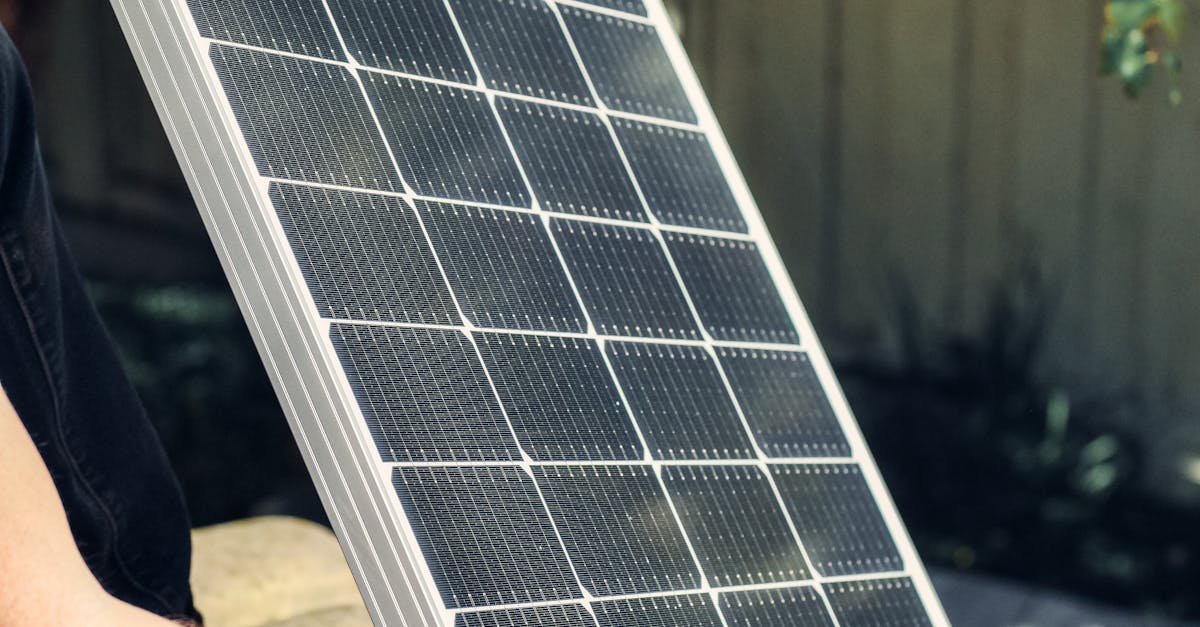
Why environmental impact assessments are crucial for solar PV projects
A thorough examination of environmental risks is essential for the successful implementation of solar photovoltaic (PV) projects. These assessments begin by evaluating the physical characteristics of the proposed site, including its flora, fauna, wat...
Read more →
How to take advantage of government incentives for solar PV
Government policies play a crucial role in shaping the landscape of solar energy adoption. Incentives such as tax credits, rebates, and feed-in tariffs significantly lower the initial investment costs for homeowners and businesses. These financial su...
Read more →
What to consider when evaluating grid connection regulations
The financial implications of grid connection can significantly impact a project's feasibility and overall budget. Costs associated with connecting to the grid include application fees, infrastructure upgrades, and ongoing charges for network usage. ...
Read more →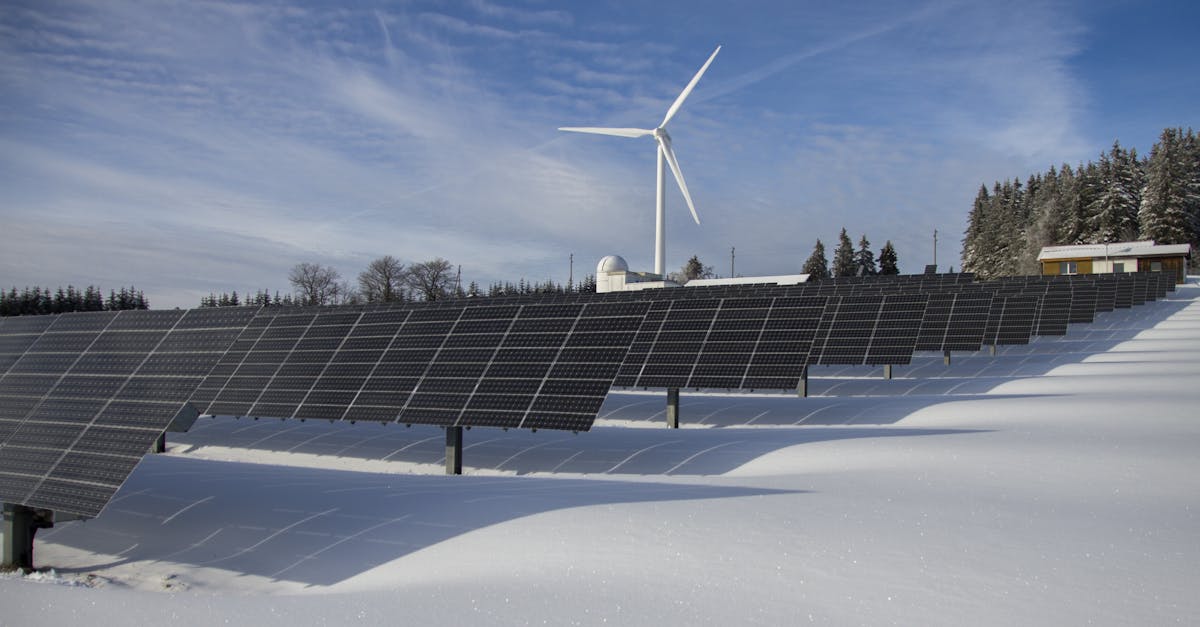
How to navigate renewable energy certificates for solar PV
The renewable energy certificate (REC) market has grown significantly, reflecting the increasing demand for sustainable energy solutions. Regulatory frameworks and voluntary initiatives have spurred interest among businesses and individuals seeking t...
Read more →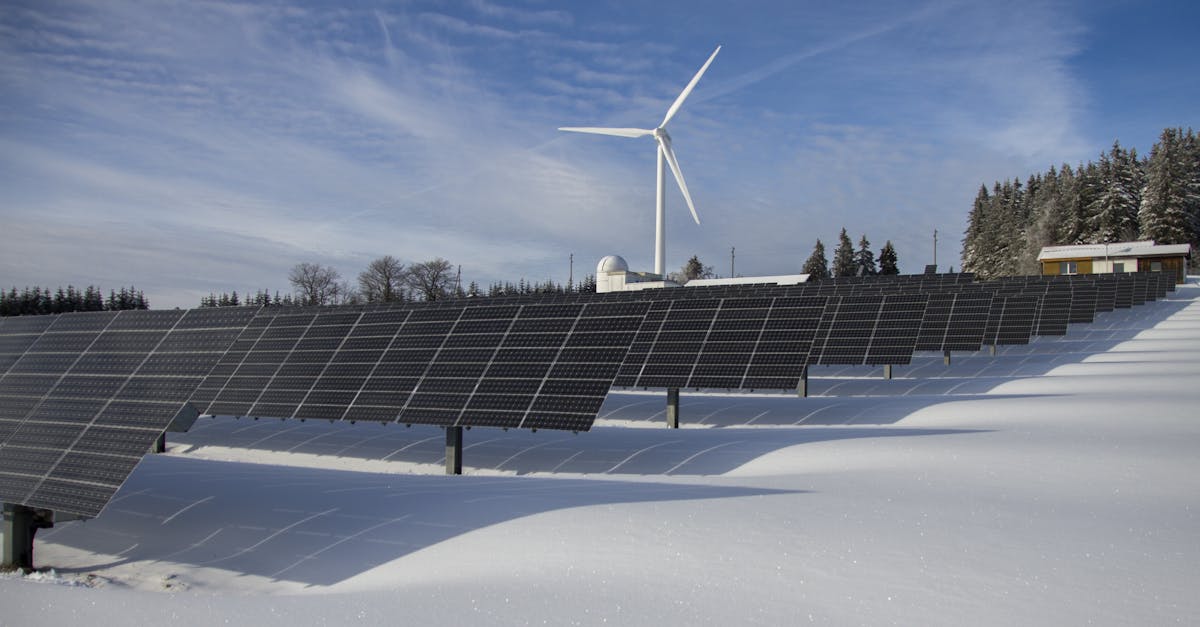
What to know about feed-in tariffs for solar energy
Government involvement is essential in establishing and maintaining feed-in tariff schemes. These programmes create a structured environment that incentivises individuals and businesses to invest in solar energy. By setting guaranteed payment rates f...
Read more →
Roundup of the latest regulations on grid connections for solar PV
Investors in solar PV technology encounter several hurdles that can significantly impact project viability. One of the primary challenges is navigating the complex and often fragmented regulatory landscape. Each region may impose distinct rules conce...
Read more →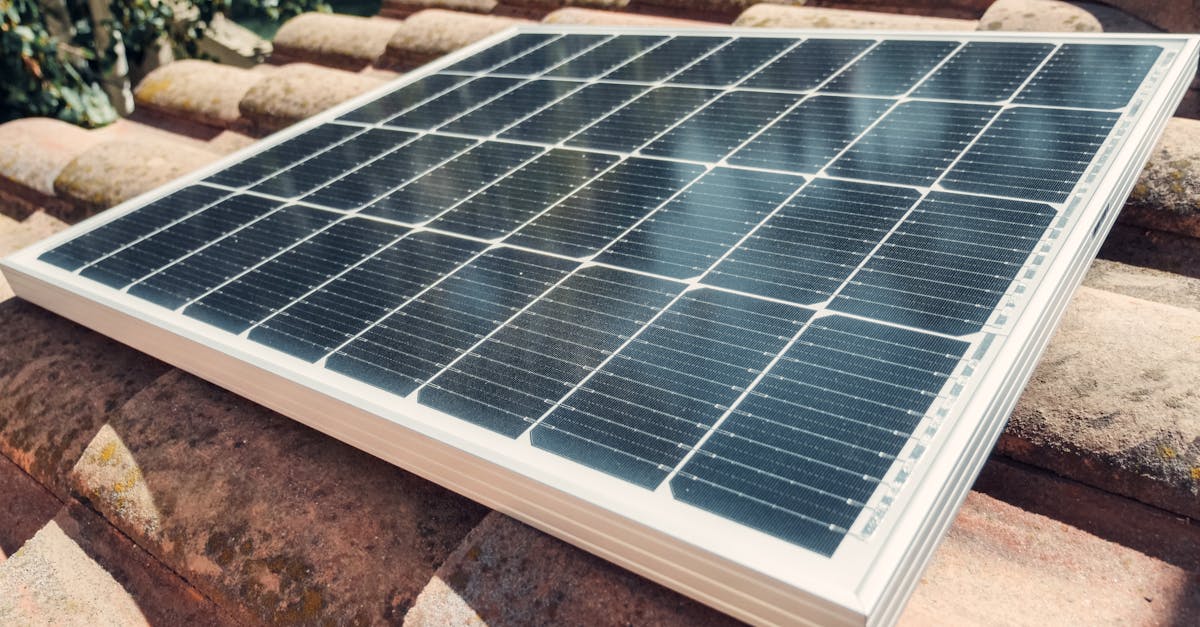
Why feed-in tariffs benefit solar energy adoption
Advancements in technology are driving remarkable changes in the solar energy sector. New photovoltaic materials, such as perovskite solar cells, offer higher efficiency at lower production costs. Bifacial solar panels, which capture sunlight from bo...
Read more →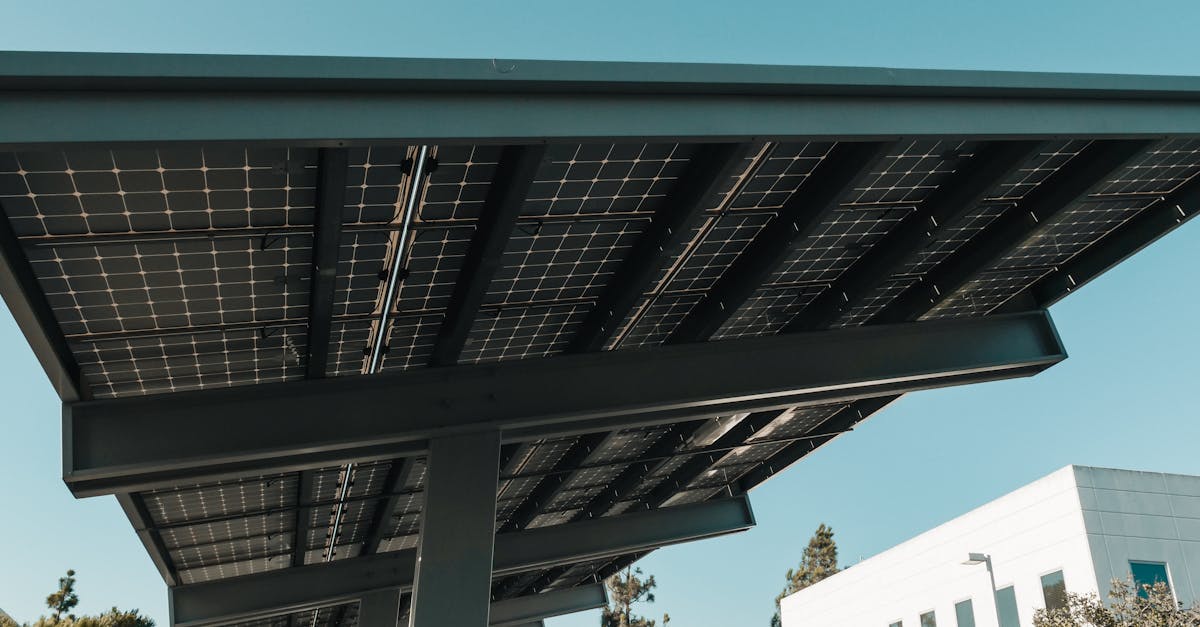
Review of renewable energy certificates in the UK
Renewable Energy Certificates (RECs) play a crucial role in the UK's transition towards greener energy sources. These certificates represent proof that a specific amount of renewable energy has been generated and fed into the grid. Various stakeholde...
Read more →
Why environmental impact assessments are crucial for solar projects
Addressing the potential impacts of solar projects requires a thorough understanding of the specific environmental concerns identified during assessments. Strategies tailored to mitigate these impacts can include habitat restoration, effective stormw...
Read more →
10 key benefits of feed-in tariffs for solar energy
The integration of feed-in tariffs for solar energy plays a crucial role in bolstering the stability of the electrical grid. By encouraging the generation of renewable energy at the local level, these tariffs help to reduce the reliance on traditiona...
Read more →
Historical overview of government incentives for solar PV
Economic downturns have historically led to significant changes in government incentives for solar photovoltaics (PV). During periods of financial instability, budgets for renewable energy initiatives often face reductions. This results in fewer reso...
Read more →
What to consider when connecting solar PV to the grid
Net metering policies play a crucial role in the financial viability of solar photovoltaic (PV) systems. These policies allow homeowners and businesses to receive credit for the surplus electricity they generate and feed back into the grid. Typically...
Read more →
What to know about renewable energy certificates
Renewable energy certificates (RECs) play a crucial role in enhancing investments in green technologies. By assigning a monetary value to renewable energy generation, they incentivise producers to increase output and contribute to sustainability goal...
Read more →
How to apply for government incentives for solar PV
When applying for government incentives for solar PV, it's essential to understand that processing times can vary significantly based on several factors. Typically, applicants can expect to wait anywhere from several weeks to a few months before rece...
Read more →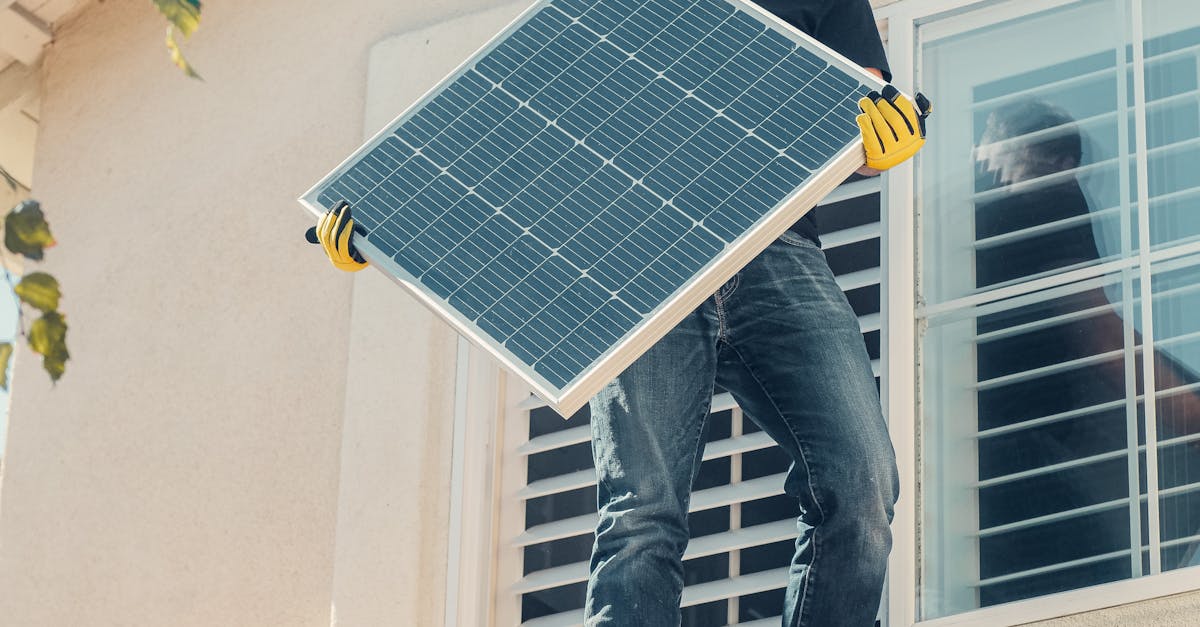
How to understand feed-in tariffs for solar energy
Applying for feed-in tariffs involves several key steps that ensure your solar energy system qualifies for financial incentives. Start by assessing the eligibility of your installation. This typically includes verifying that your system meets specifi...
Read more →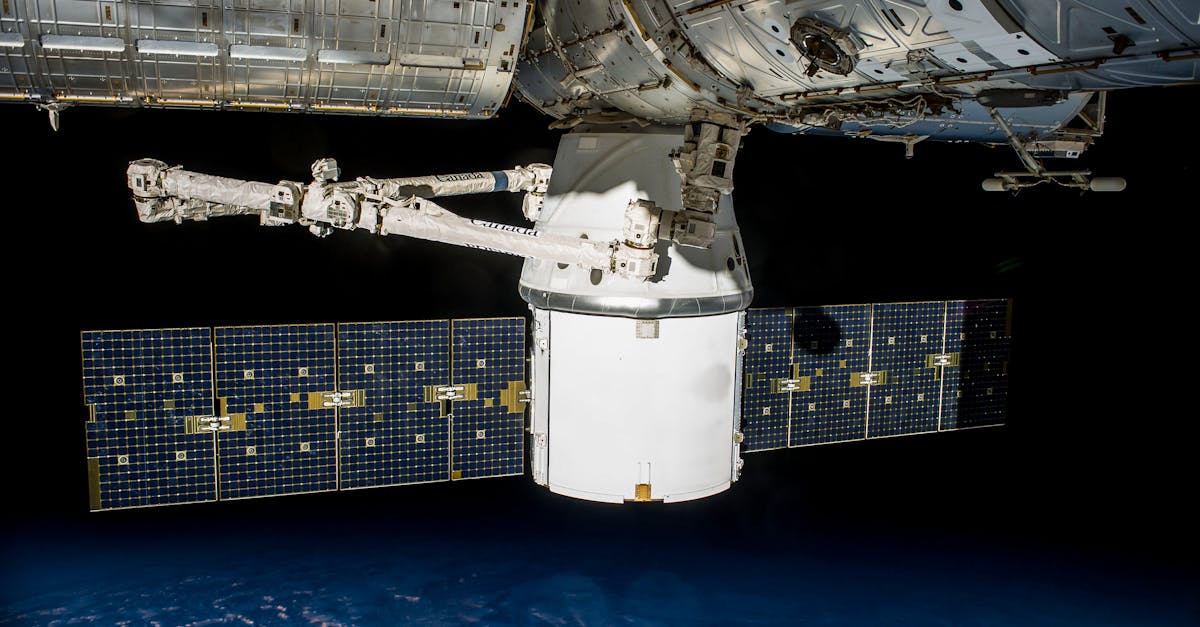
Roundup of Recent Changes in Renewable Energy Regulations
The transition to renewable energy sources requires significant enhancements in grid infrastructure to accommodate their variable nature. Utilities are investing in advanced technologies, including smart grids and energy storage solutions, to improve...
Read more →
Review of Current Feed-in Tariff Schemes
Feed-in Tariff schemes play a significant role in promoting renewable energy technologies. By guaranteeing fixed payments for the energy produced from renewable sources, these schemes provide financial certainty for investors and project developers. ...
Read more →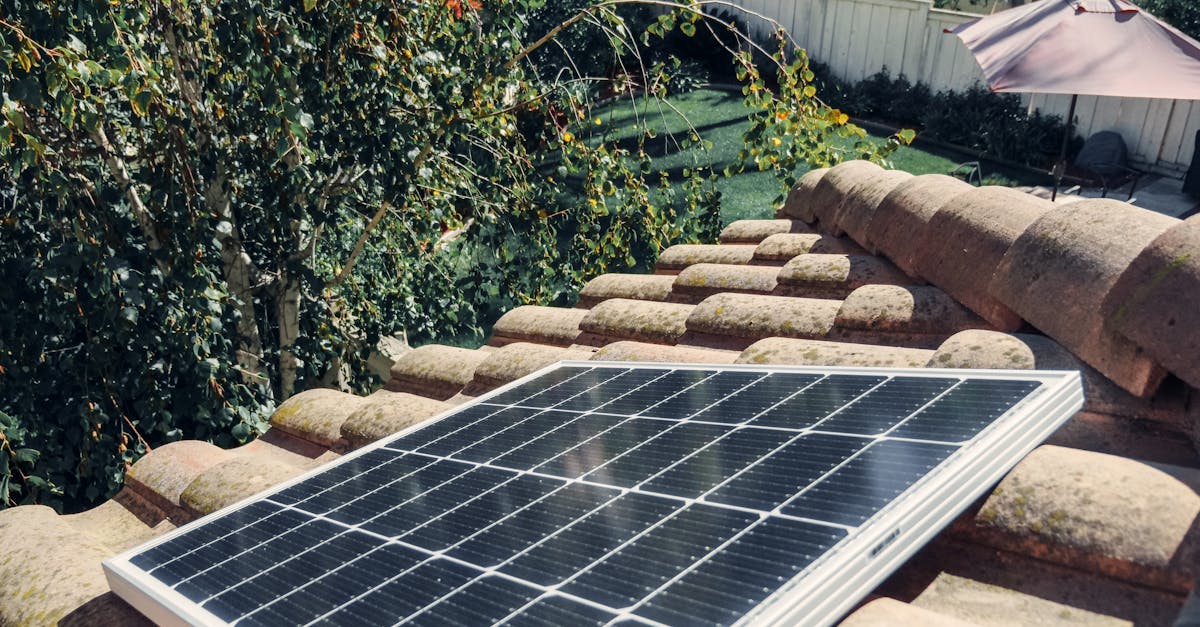
10 Key Benefits of Government Incentives for Solar PV
Government incentives for solar photovoltaic (PV) systems play a vital role in fostering energy autonomy. By encouraging the adoption of solar energy, these initiatives enable households and businesses to generate their own electricity. This decentra...
Read more →
The Historical Development of Feed-in Tariffs in the UK
European Union directives played a significant role in shaping the development of feed-in tariffs in the UK. The EU established a framework intended to promote renewable energy sources across member states, compelling nations to adopt measures that f...
Read more →
Why Environmental Impact Assessments are Crucial for Solar Projects
Engaging stakeholders throughout the assessment process enhances transparency and builds trust. Local communities, environmental groups, and government agencies often possess invaluable insights and knowledge regarding the area affected by solar proj...
Read more →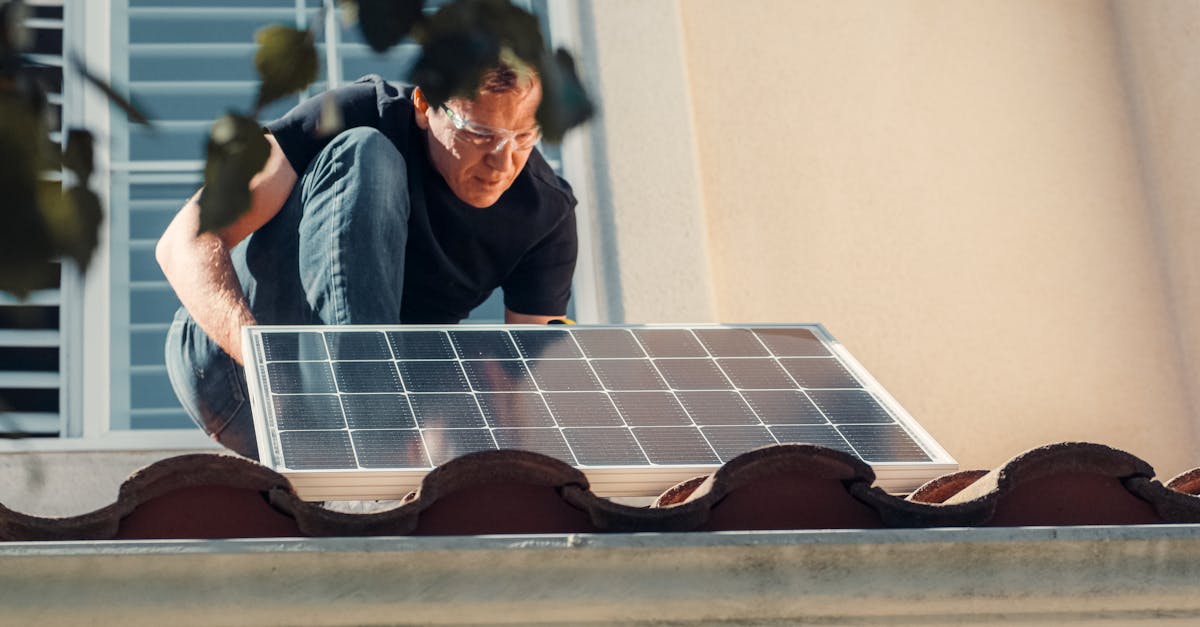
Why Government Incentives Matter for Solar PV Adoption
Countries around the world have implemented various incentive programmes to promote solar photovoltaic (PV) adoption. For instance, Germany's feed-in tariff system has been pivotal in transitioning the nation towards renewable energy, offering long-t...
Read more →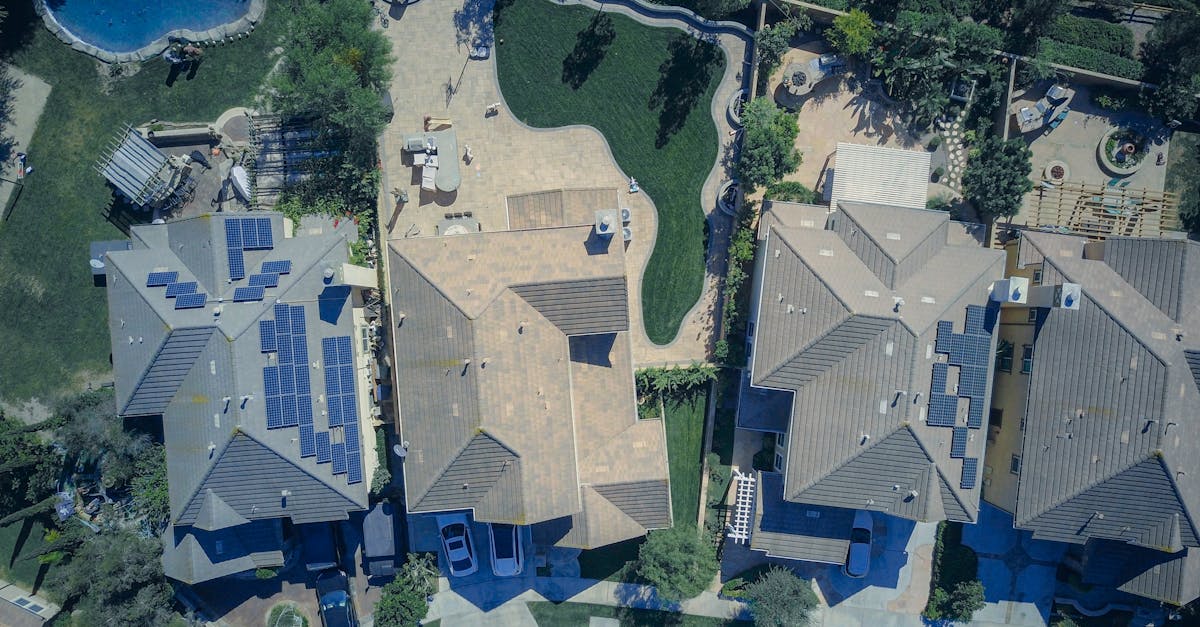
What to Consider When Connecting to the Grid
Connecting to the grid involves various financial considerations that one must carefully evaluate. These costs can include not only the initial installation fees but also ongoing maintenance, potential upgrades, and meter installation or replacement ...
Read more →
What to Know About Renewable Energy Certificates
Acquiring renewable energy certificates (RECs) involves a straightforward process that can greatly enhance a company's sustainability profile. Businesses typically purchase these certificates through various trading platforms or directly from renewab...
Read more →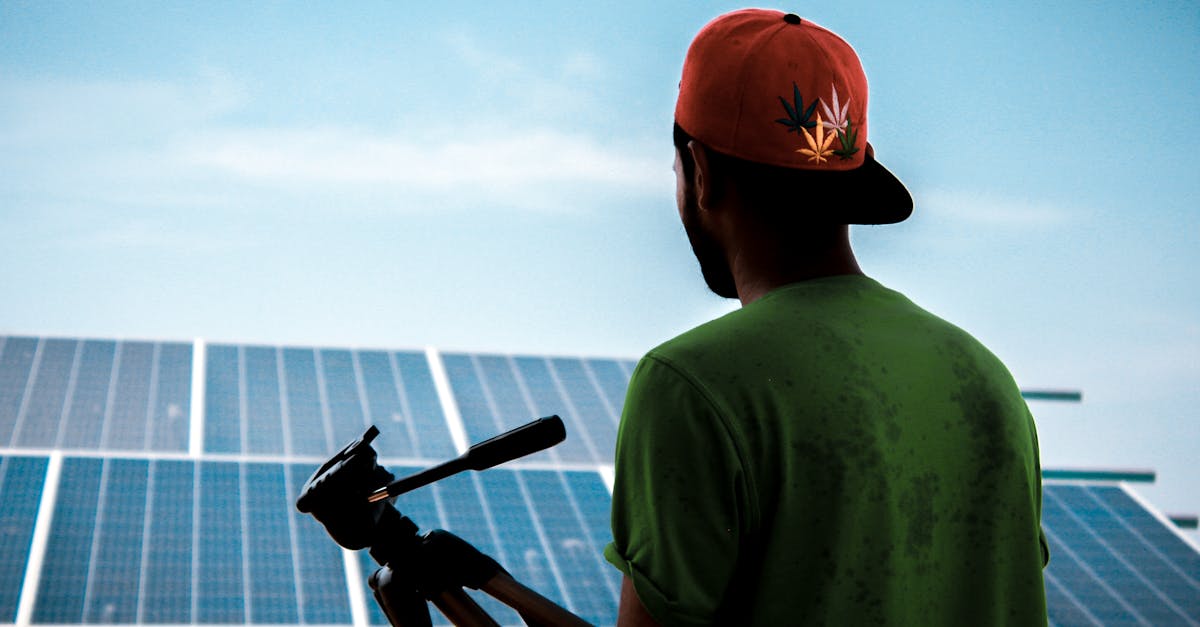
How to Maximise Benefits from Feed-in Tariffs
Maximising energy production requires careful planning and a keen understanding of your setup. The orientation and angle of solar panels play a crucial role in their efficiency. Ideal positioning towards the sun can enhance output significantly. Addi...
Read more →
How to Apply for Government Incentives for Solar PV
Starting the application without thoroughly reviewing the requirements can lead to unnecessary delays. Ensuring that all necessary documentation is compiled and accurate is essential. Incomplete applications or missing information are common pitfalls...
Read more →
Roundup of the Best Utility-Scale Solar PV Projects
Utility-scale solar projects present an array of economic advantages that extend far beyond mere energy production. These installations often lead to a reduction in electricity costs for consumers, contributing to a more stable and predictable energy...
Read more →
Review of the Top Solar PV Systems for Agricultural Use
When considering the installation of solar photovoltaic systems, careful attention must be paid to the site assessment and structural requirements. The chosen location needs to provide sufficient sunlight exposure throughout the year. Roofs, fields, ...
Read more →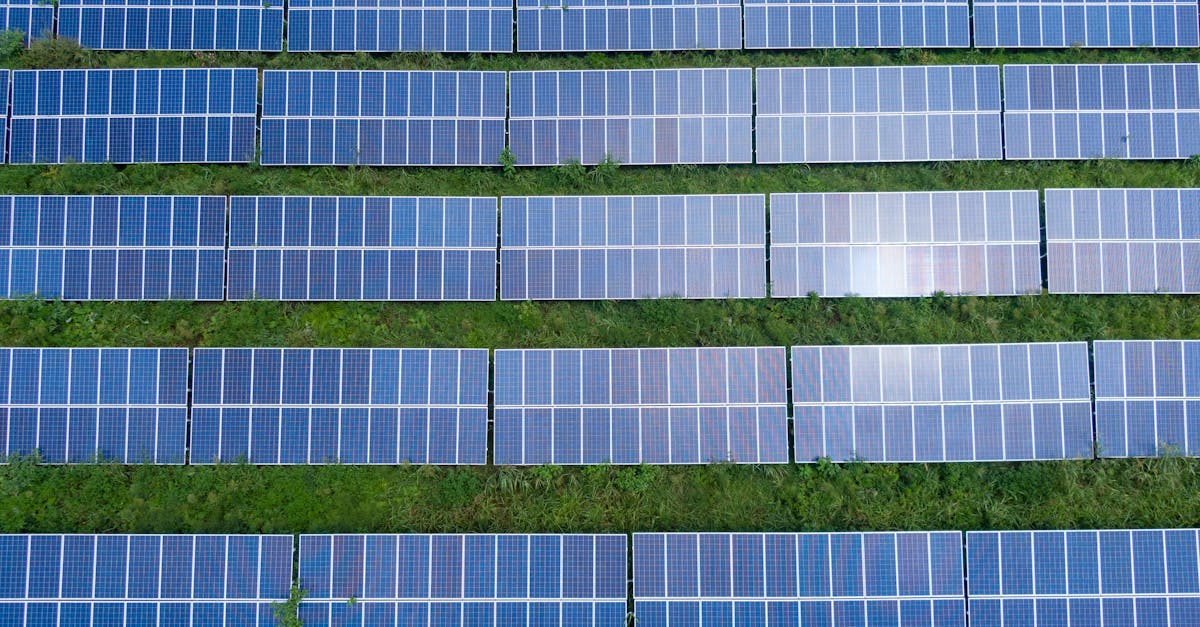
10 Benefits of Residential Solar PV Systems
Government incentives and rebates play a crucial role in making residential solar PV systems more accessible to homeowners. Various schemes exist at both national and local levels, designed to reduce the initial installation costs. Tax credits, grant...
Read more →
Why Solar PV is Essential for Modern Agricultural Practices
The increasing reliance on solar photovoltaic systems has transformed off-grid farming, enabling agricultural practices in remote locations. These systems provide farmers with a dependable source of electricity, essential for operating machinery, irr...
Read more →
Why Businesses Should Invest in Commercial Solar PV
Investing in commercial solar PV systems presents a compelling opportunity for businesses looking to enhance their financial stability. These systems not only reduce energy costs but also insulate companies against fluctuating electricity prices. As ...
Read more →
What to Know About Solar PV for Off-Grid Solutions
Selecting a suitable solar PV system involves understanding your specific energy needs and the environment in which the system will operate. Consideration of factors such as location, climate, and available space helps in determining the most efficie...
Read more →
Historical Development of Solar PV Technology
The 1990s marked a pivotal era for solar photovoltaic technology, characterised by significant advancements in materials and manufacturing processes. The introduction of new semiconductor materials, such as cadmium telluride and amorphous silicon, pl...
Read more →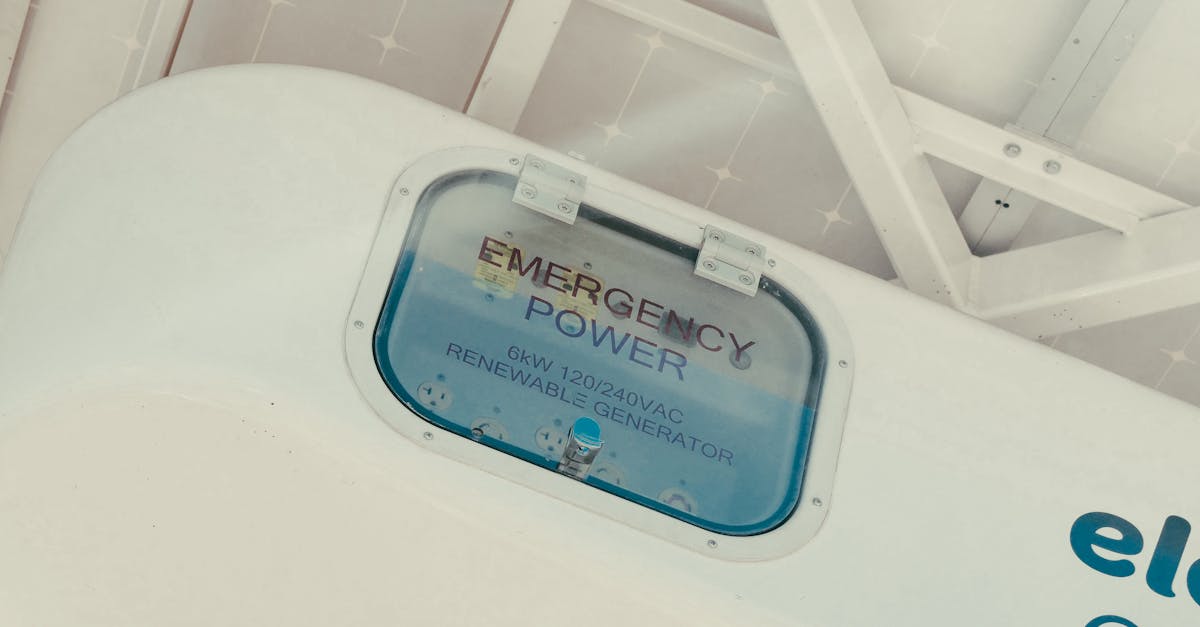
How to Maximise the Efficiency of Commercial Solar PV Applications
Incorporating energy storage systems into commercial solar PV applications can significantly enhance overall efficiency. These systems capture excess energy produced during peak sunlight hours and store it for use during periods of low generation or ...
Read more →
How to Choose the Right Residential Solar PV System
Investing in a residential solar PV system involves careful examination of various financial factors. Initial costs can vary significantly based on system size, technology, and additional features. Homeowners should assess their budget and consider f...
Read more →
What to Consider When Installing Utility-Scale Solar PV
Establishing a reliable grid connection is a fundamental aspect of implementing utility-scale solar photovoltaic systems. This process often involves coordinating with local authorities and utility companies to ensure compliance with regulations and ...
Read more →
Roundup of top solar PV installations around the world
Innovations in solar photovoltaic (PV) technology have led to significant breakthroughs in efficiency rates, with scientists continually pushing the boundaries of what is achievable. Recent studies have demonstrated that new materials, such as perovs...
Read more →
Review of the best solar PV systems for residential use
The installation of solar PV systems involves a series of well-defined steps, ensuring efficiency and effectiveness. Initially, a site assessment is conducted to evaluate energy needs and the suitability of the property for solar panels. After this, ...
Read more →
10 innovative applications of solar PV in agriculture
In agricultural settings, solar-powered pumps offer a sustainable solution for water distribution. They harness sunlight to operate efficiently, reducing reliance on diesel or electric pumps. This technology is particularly advantageous for remote fa...
Read more →
The historical evolution of solar PV technology
The 1990s witnessed a significant shift in the solar market, driven by increasing environmental awareness and the rising cost of conventional energy sources. This decade marked the beginning of a more organised approach to solar energy, spurred by go...
Read more →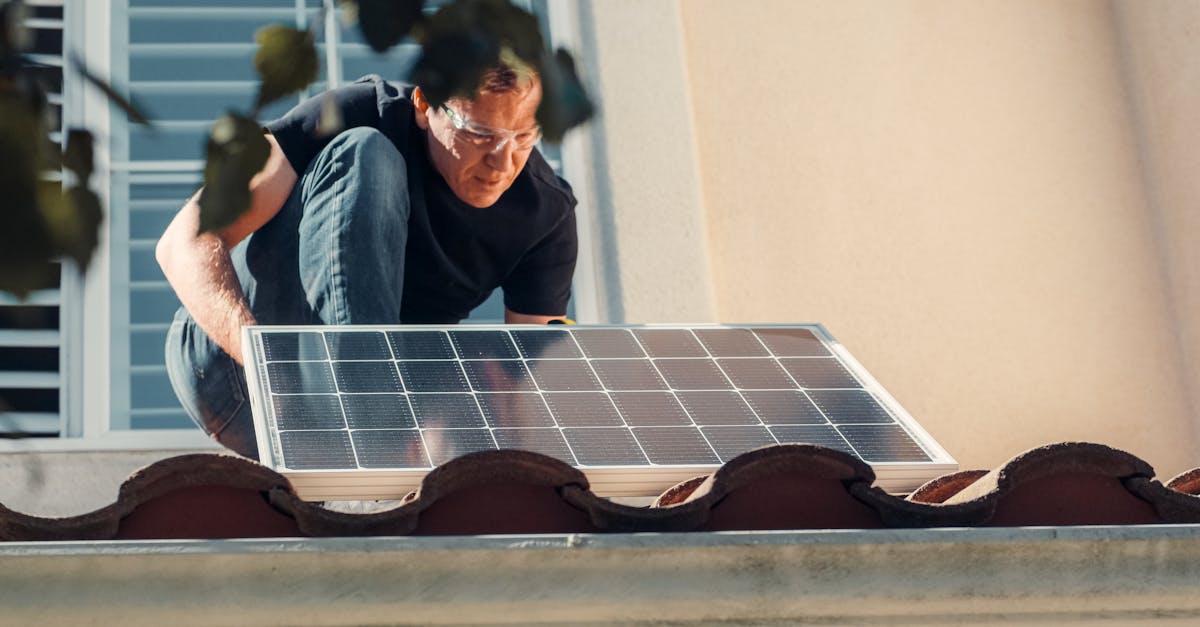
Why agricultural practices benefit from solar PV technology
Agricultural equipment has experienced remarkable enhancements, thanks to advancements in solar PV technology. Farmers increasingly adopt solar-powered tools that improve efficiency, reduce reliance on fossil fuels and lower operational costs. These ...
Read more →
Why off-grid solar PV solutions are becoming popular
A variety of government incentives and policies have significantly boosted the adoption of off-grid solar PV solutions. Tax credits, grants, and rebates are often available for individuals and businesses looking to invest in renewable energy technolo...
Read more →
What to consider when implementing commercial solar PV applications
Choosing a reliable installer is crucial for the success of any commercial solar PV project. A qualified installer should possess extensive experience in the solar industry and a solid track record. It is beneficial to seek recommendations and review...
Read more →
What are the benefits of residential solar PV systems
Residential solar PV systems are designed for longevity and durability. The technology used in these installations typically requires minimal upkeep over time. Routine inspections can help identify any issues, but the components themselves are built ...
Read more →
How to install a solar PV system for off-grid living
Before beginning the installation of a solar PV system for off-grid living, careful planning is essential. Start by assessing your energy needs to determine the appropriate size of the system. Consider factors such as the total wattage required by yo...
Read more →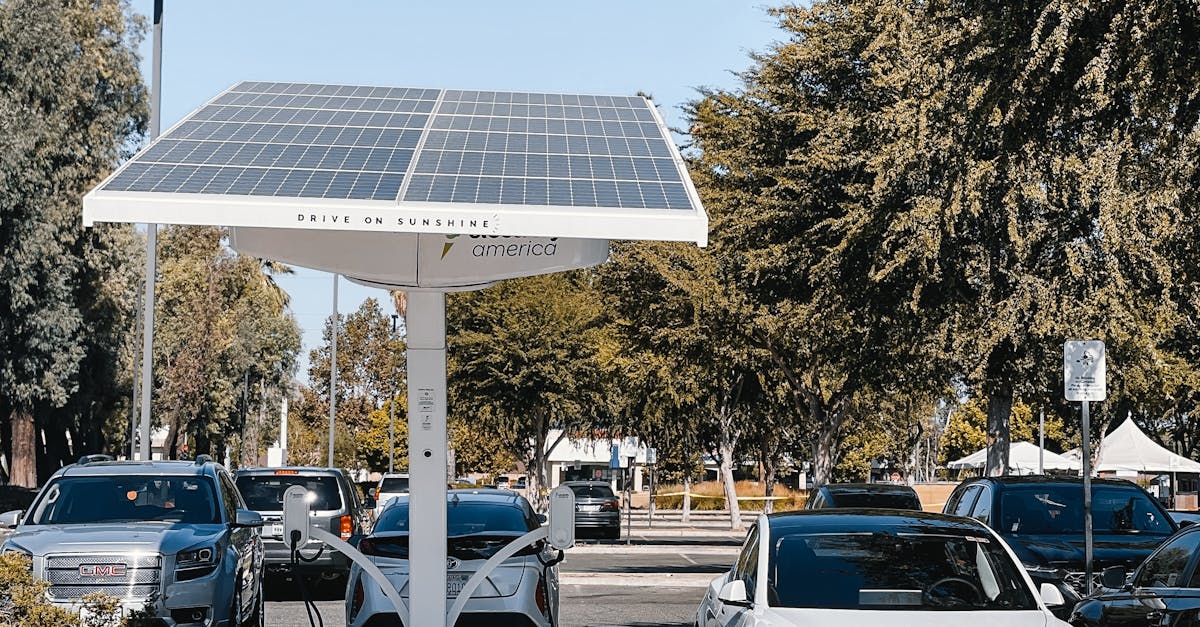
How to choose the right solar PV system for your home
When selecting components for a solar photovoltaic system, it is crucial to consider various factors that influence overall performance and efficiency. The type of solar panels can significantly affect energy output. Monocrystalline panels typically ...
Read more →
Roundup of the top utility-scale solar PV trends in 2024
The establishment of solar farms carries both positive and negative environmental implications. On the one hand, they contribute significantly to reducing greenhouse gas emissions and reliance on fossil fuels. The shift towards clean energy sources a...
Read more →
Review of leading utility-scale solar PV projects worldwide
Utility-scale solar energy projects significantly contribute to economic development. These installations often lead to job creation in various sectors, including construction, maintenance, and operations. Local economies benefit from increased deman...
Read more →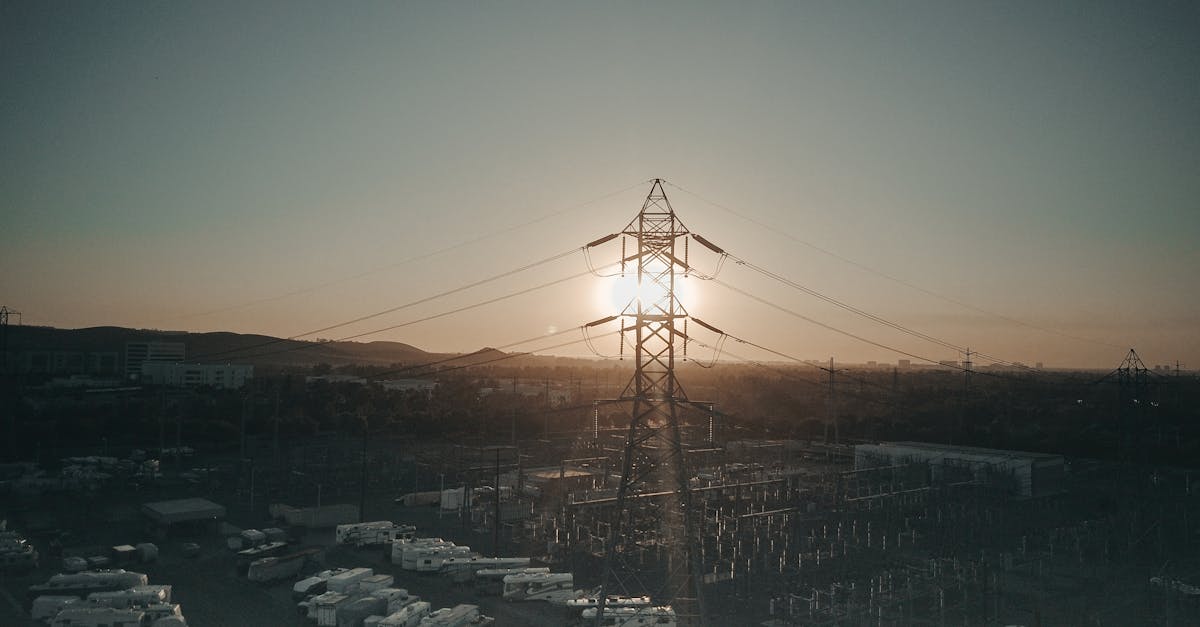
7 Benefits of utility-scale solar PV installations
Utility-scale solar PV installations offer the advantage of scalability, allowing for increased capacity to meet energy demands. As energy requirements change or expand, developers can efficiently scale up existing solar farms or create new ones in r...
Read more →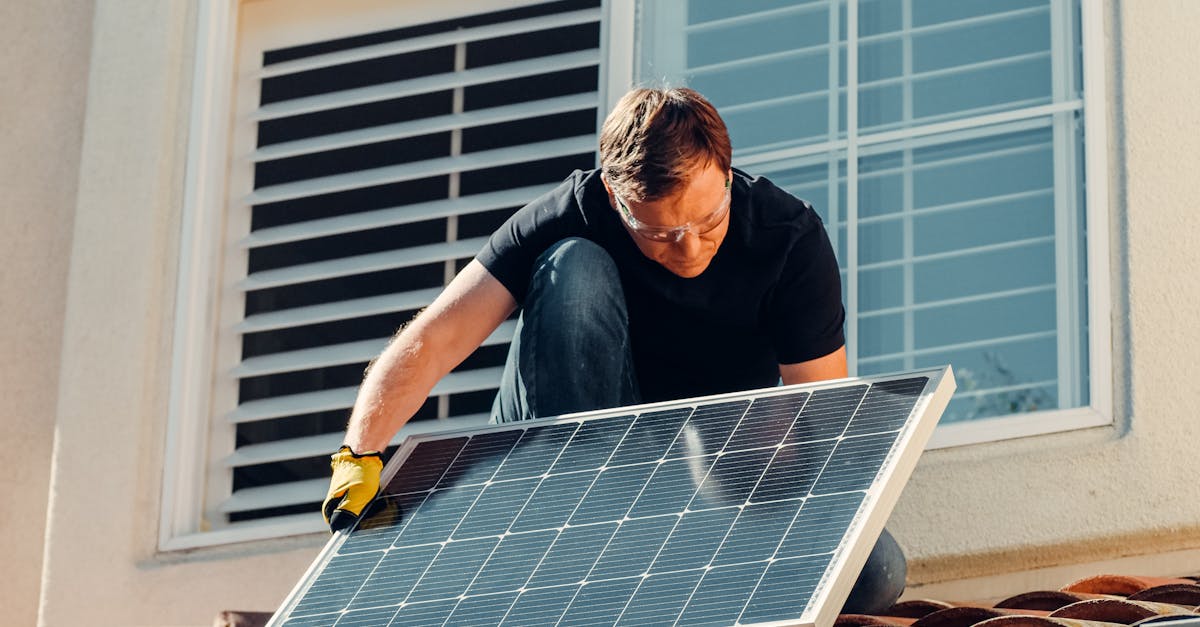
Historical development of utility-scale solar PV technologies
Research institutions have played a pivotal role in advancing utility-scale solar PV technologies. Their focus on scientific inquiry and innovation has led to significant breakthroughs in materials, efficiency, and system integration. By conducting r...
Read more →
Why local regulations matter for utility-scale solar PV
Access to the electrical grid represents a critical factor for the success of utility-scale solar PV projects. Local regulations dictate the standards for interconnection, determining how solar facilities can connect to existing infrastructure. These...
Read more →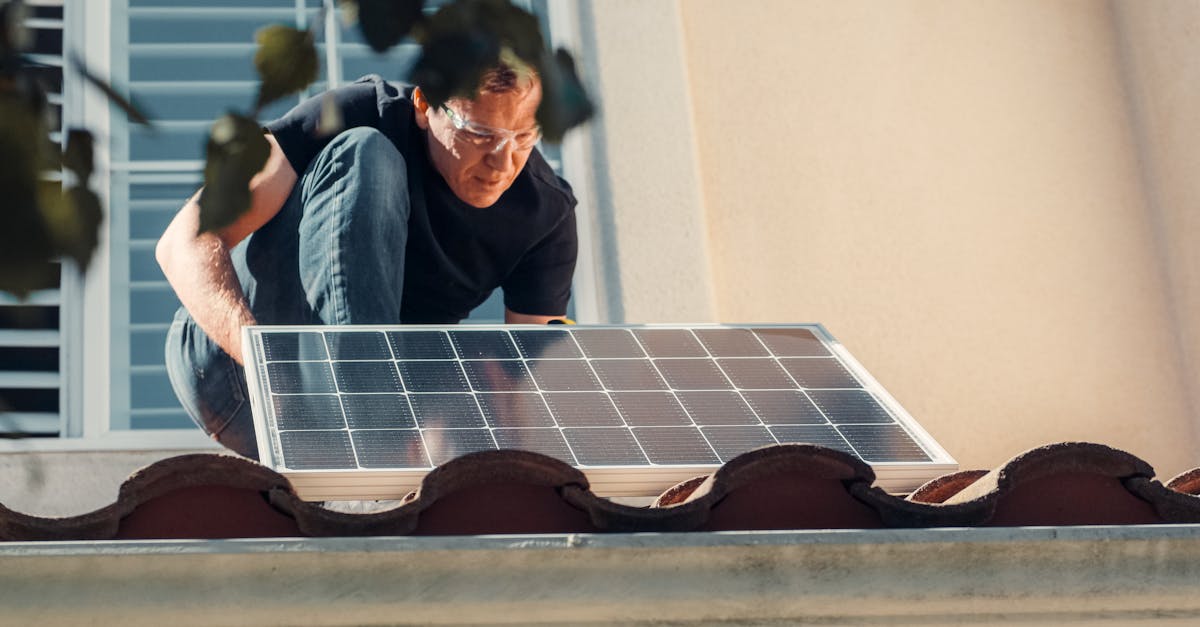
Why utility-scale solar PV is essential for energy transition
The integration of utility-scale solar PV into existing power grids presents both opportunities and challenges. As the share of renewable energy sources increases, grid operators must adapt their infrastructure. Enhanced energy storage systems play a...
Read more →
What to consider when investing in utility-scale solar PV
The landscape of solar technology offers a variety of options tailored to different project needs and investor preferences. Crystalline silicon modules dominate the market due to their high efficiency and proven reliability. Thin-film solar panels pr...
Read more →
What are utility-scale solar PV installations
Utility-scale solar installations encounter various challenges that can hinder their growth and effectiveness. One significant hurdle is the requirement for extensive land, which can lead to conflicts with local communities and land use regulations. ...
Read more →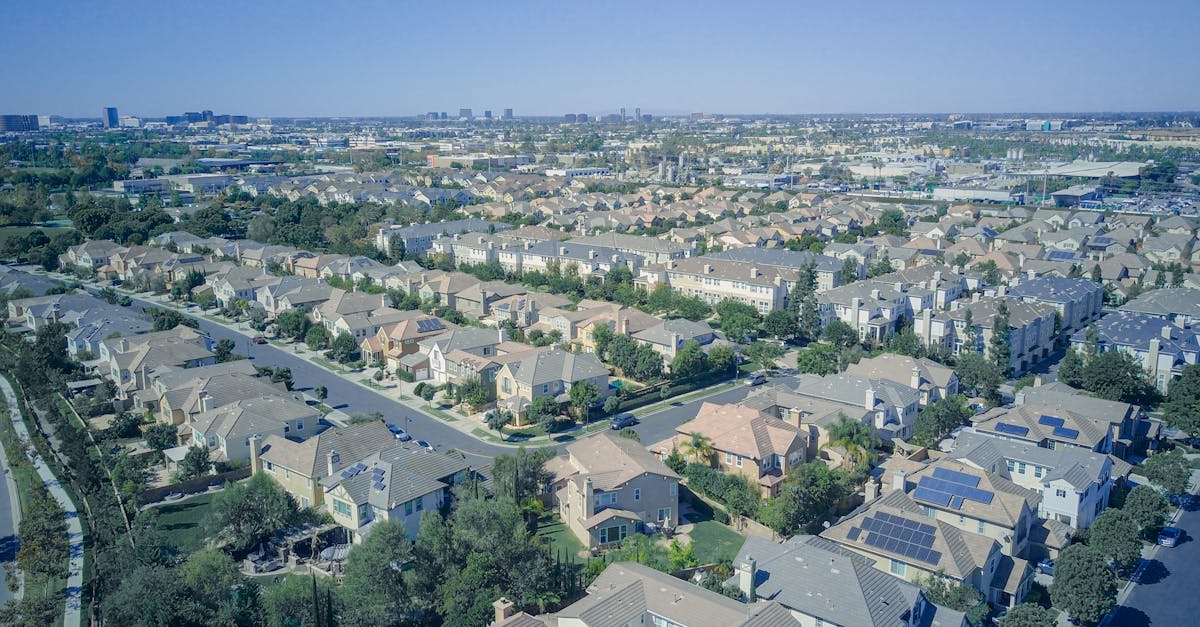
How to choose the right utility-scale solar PV installation
A well-planned budget is an essential aspect of any utility-scale solar PV installation. Begin by identifying all potential costs associated with the project. These may include equipment procurement, installation, operational expenses, and maintenanc...
Read more →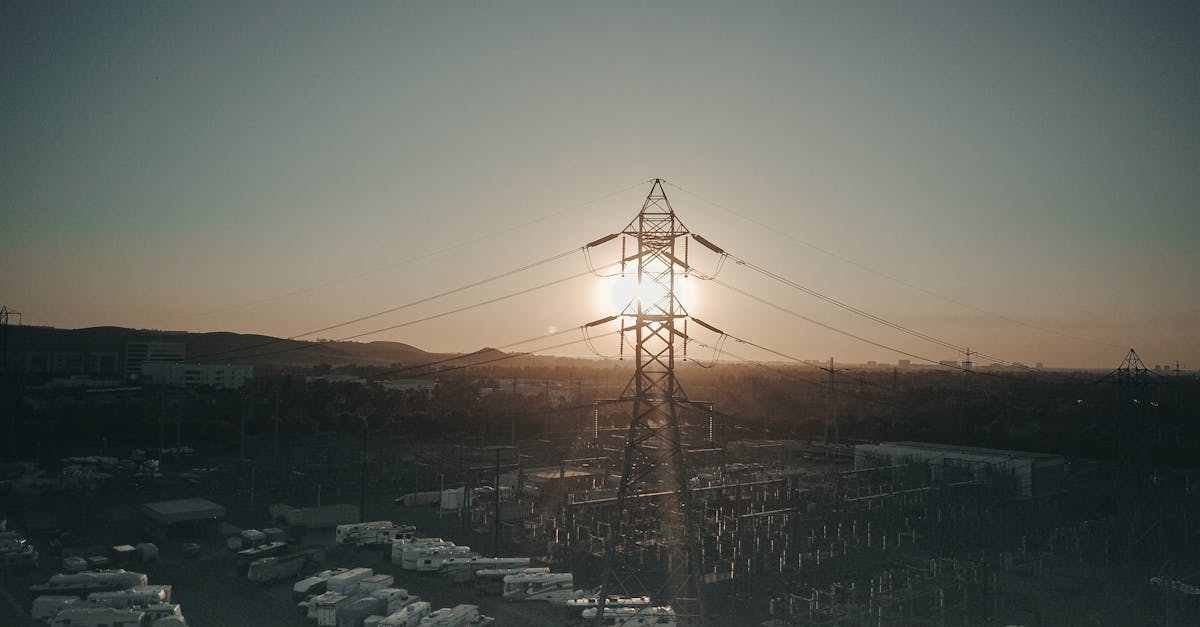
Round-up of the best practices for commercial solar PV installations
Effective system design is crucial to maximising the efficiency of commercial solar PV installations. This involves assessing factors such as geographical location, roof orientation, and local climate conditions. A well-considered layout can optimise...
Read more →
How to evaluate the efficiency of utility-scale solar systems
When evaluating the efficiency of utility-scale solar systems, several technological elements play critical roles. The efficiency of solar panels is often at the forefront of these considerations. Recent advancements in photovoltaic technology have l...
Read more →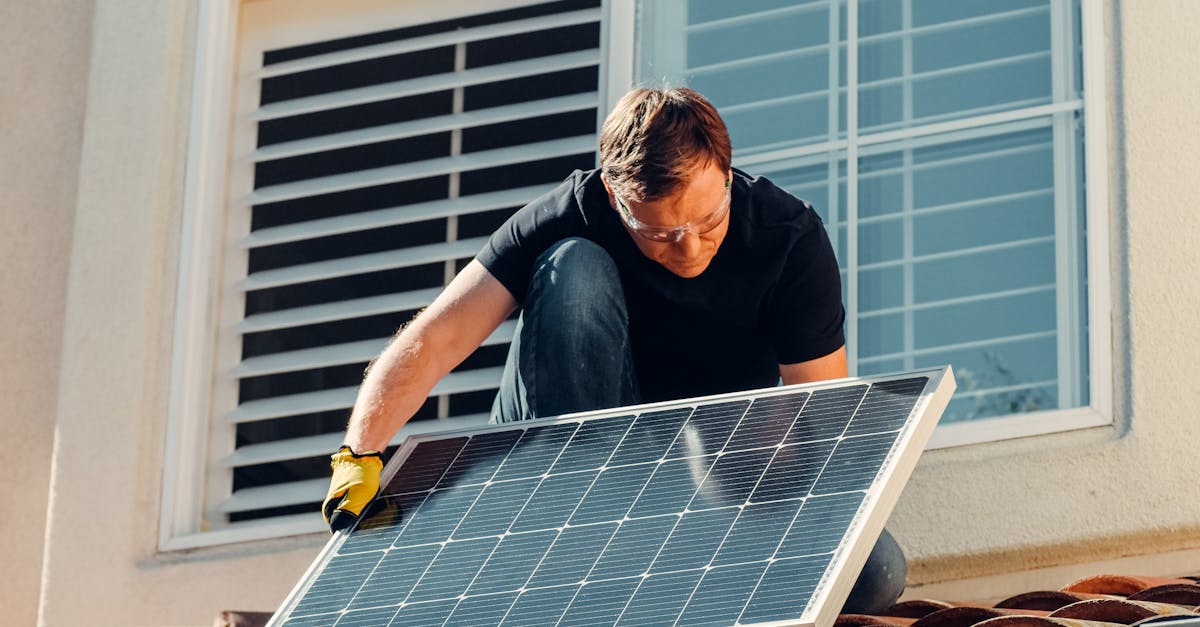
Review of the top commercial solar PV products
As commercial solar PV systems gain traction, the role of energy storage solutions in enhancing their efficiency becomes paramount. Batteries store excess energy produced during peak sunlight hours, allowing businesses to draw on this reserve when so...
Read more →
7 innovative commercial solar PV projects around the world
Japan has emerged as a leader in innovative solar projects, showcasing unique approaches to harnessing solar energy. One notable initiative is the use of solar panels on submerged surfaces, transforming water reservoirs into functional solar farms. T...
Read more →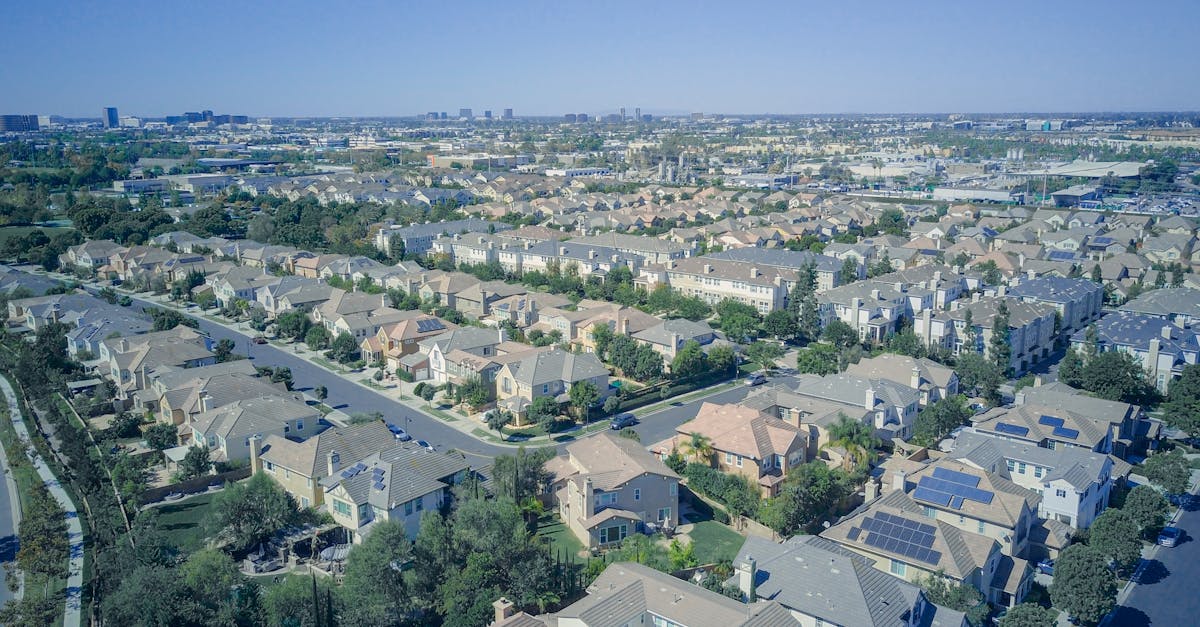
Historical advancements in commercial solar PV technology
Government policies have played a pivotal role in advancing the commercial solar PV sector. Subsidies and tax breaks have incentivised businesses to invest in solar technology, making installations more economically viable. In various regions, mandat...
Read more →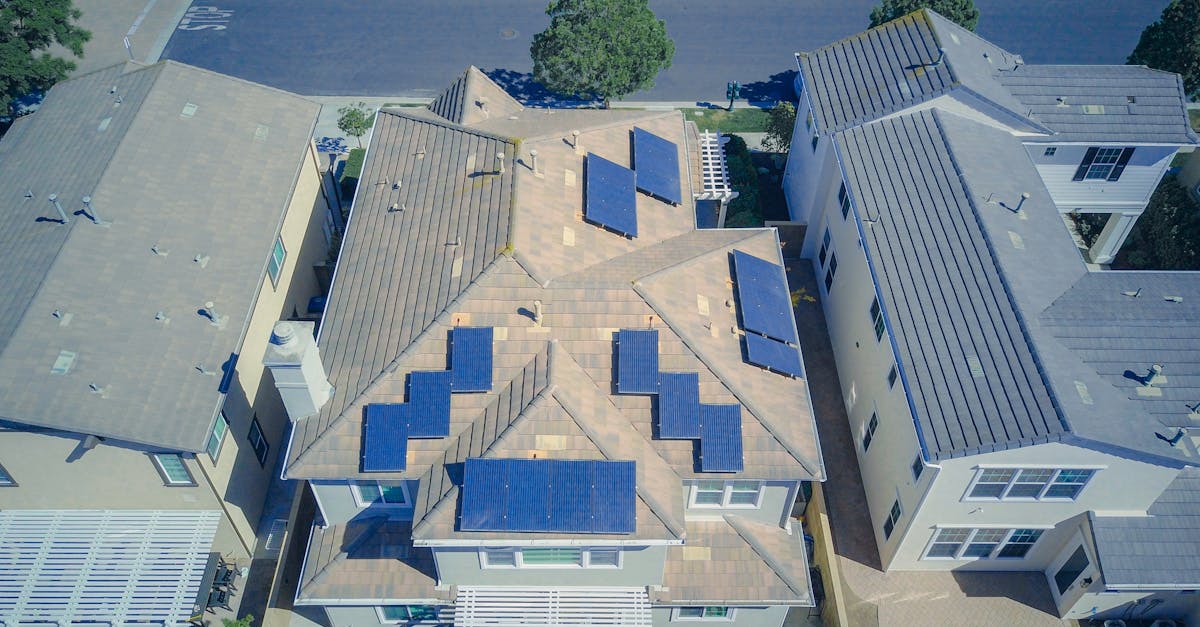
Why commercial solar PV is crucial for businesses
Government initiatives play a pivotal role in promoting the adoption of solar PV systems for commercial enterprises. Legislative frameworks often provide businesses with valuable resources and incentives aimed at encouraging renewable energy investme...
Read more →
What are the benefits of commercial solar PV systems
Commercial solar PV systems are designed to withstand a variety of environmental conditions, making them a dependable choice for businesses looking for sustainable energy solutions. High-quality materials and advanced manufacturing techniques contrib...
Read more →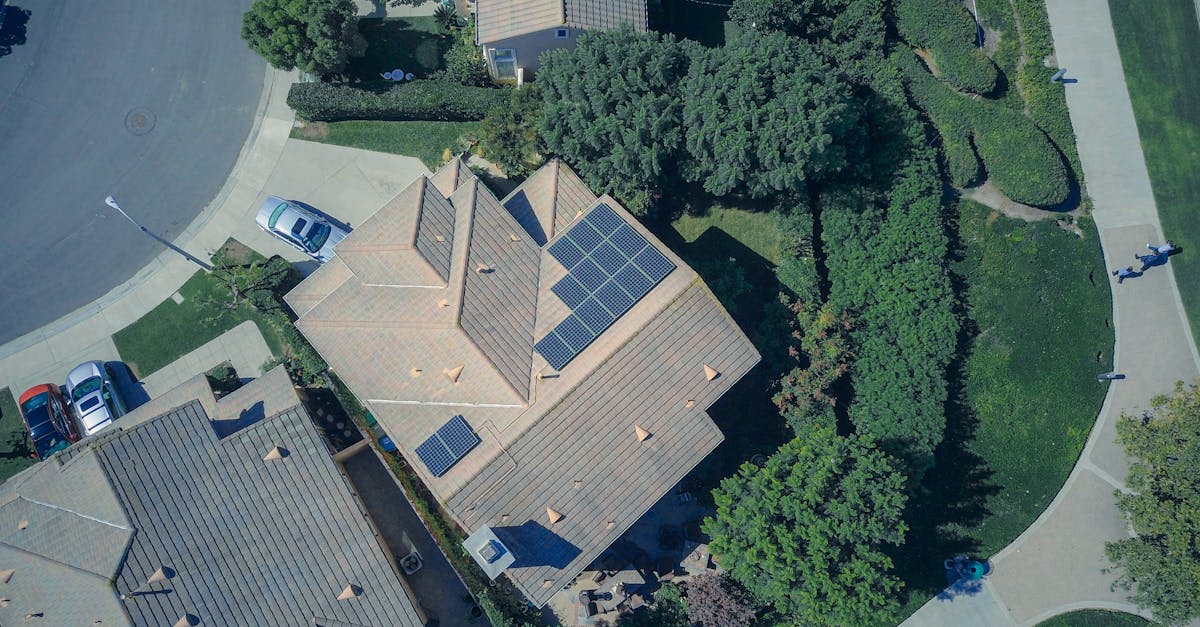
Why invest in commercial solar PV applications
Investing in commercial solar PV applications presents a unique long-term value proposition. The initial capital outlay can seem substantial, yet the continued savings on energy costs and various financial incentives often lead to significant returns...
Read more →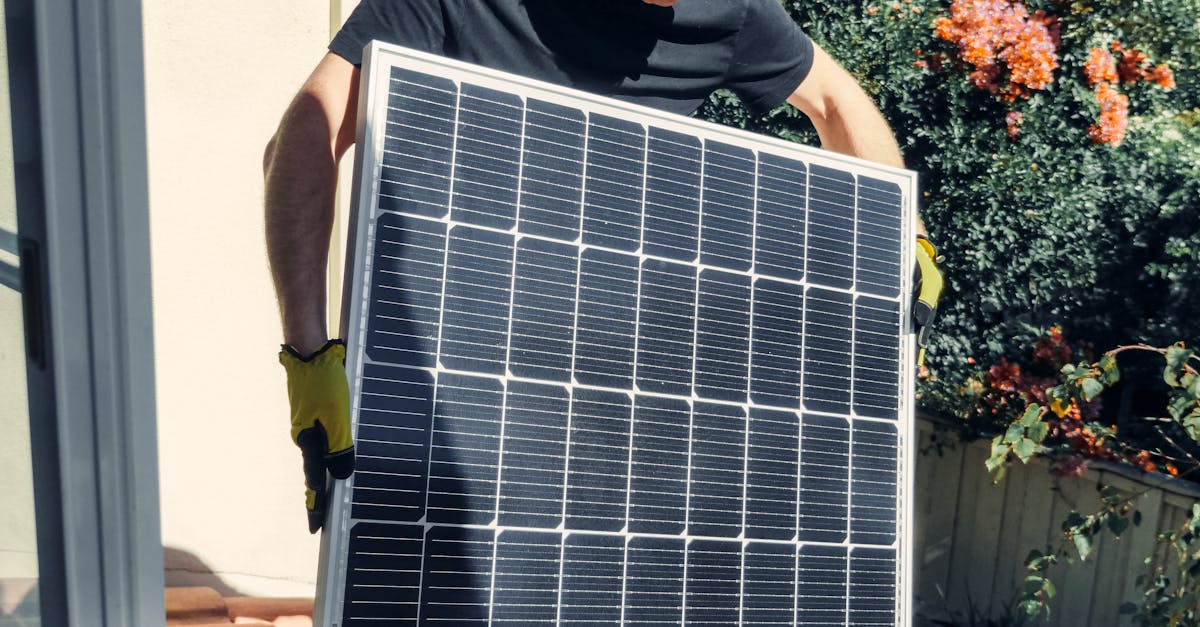
What is a commercial solar PV application
Investing in commercial solar PV systems can yield significant financial benefits for businesses. Various incentives are available that can help offset installation costs, making the transition to solar energy more financially viable. Tax credits, gr...
Read more →
How to maximise the efficiency of your solar PV installation
Capturing accurate data on your solar PV system's energy output is essential for evaluating its efficiency. Advanced monitoring technologies allow users to track real-time performance levels, providing valuable insights into the system's operational ...
Read more →
How to choose the right commercial solar PV system
When selecting a commercial solar PV system, understanding solar panel technology is essential. Various technologies have emerged over the years, each offering distinct advantages and drawbacks. Monocrystalline panels, known for their high efficiency...
Read more →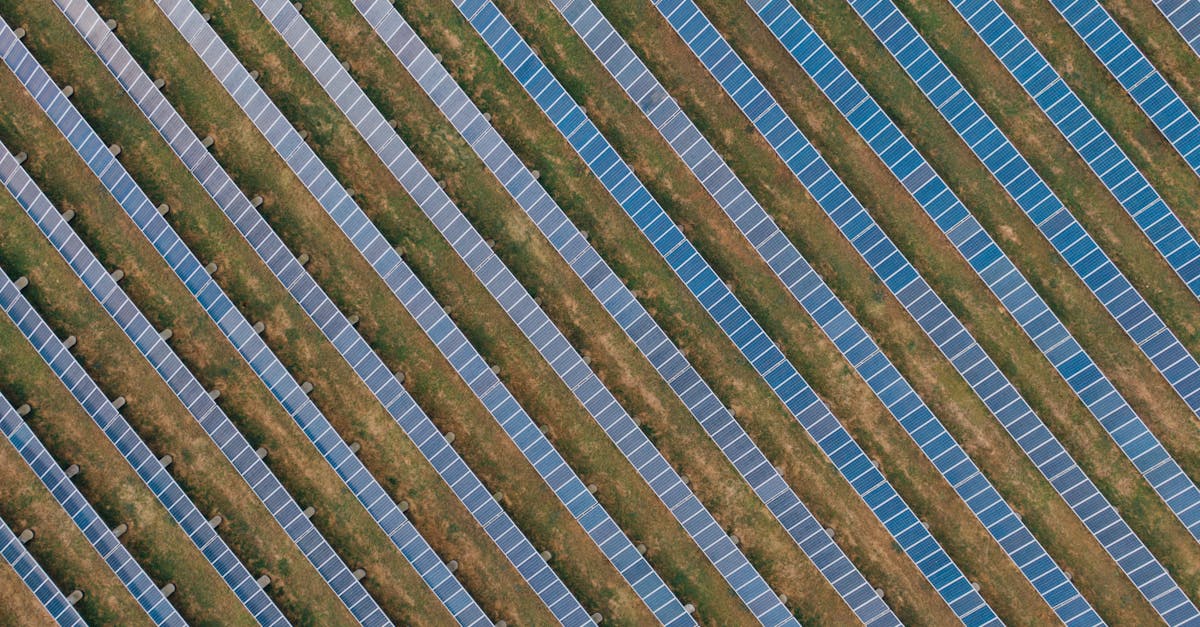
Roundup of Government Incentives for Residential Solar PV
Many local authorities have recognised the importance of promoting renewable energy sources within their communities. A range of schemes has been established to encourage residents to adopt solar photovoltaic (PV) systems. These initiatives may inclu...
Read more →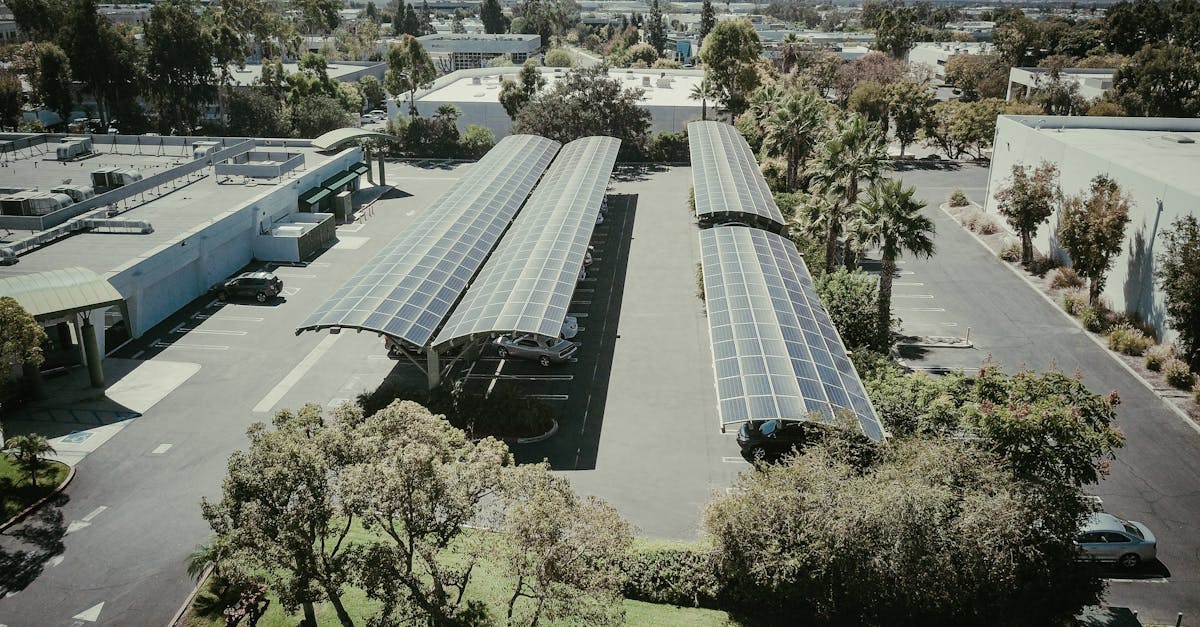
Review of the Top Residential Solar PV Systems in 2023
Regular maintenance of solar panels can significantly enhance their efficiency and longevity. Cleaning the surface to remove dirt, dust and debris is essential. Ideally, this should occur every six months, but more frequent cleaning may be necessary ...
Read more →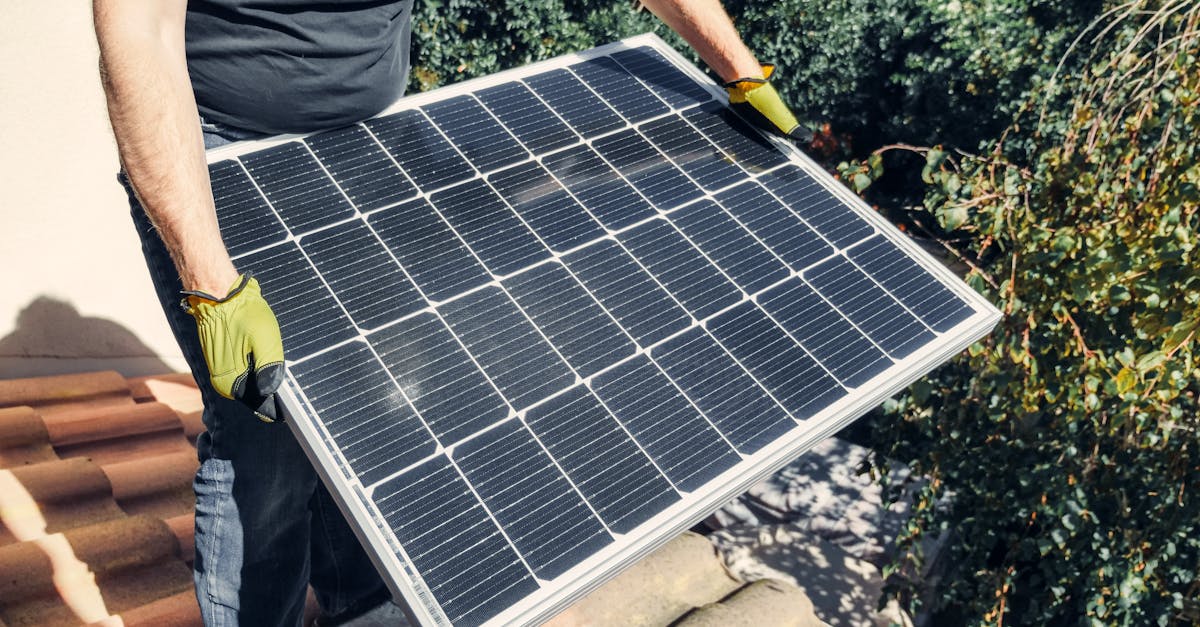
10 Benefits of Installing a Residential Solar PV System
Various government incentives and rebates have made it increasingly attractive for homeowners to consider solar installations. These financial supports often come in the form of grants, tax credits, or rebates that can significantly reduce the upfron...
Read more →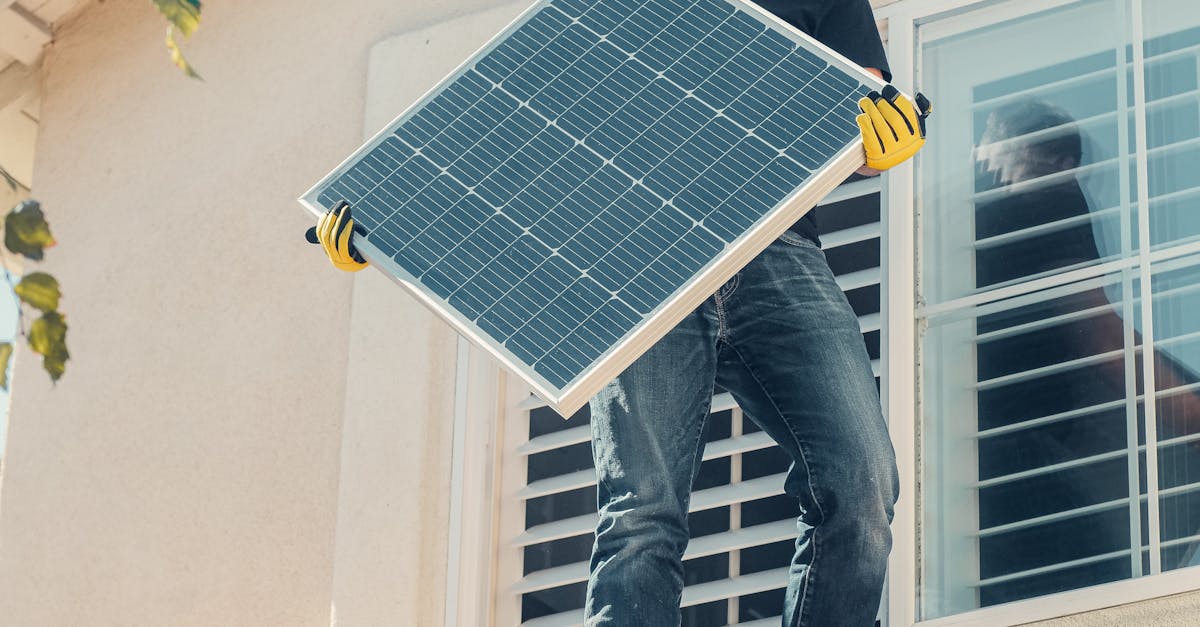
Historical Development of Residential Solar PV Systems
The adoption of residential solar photovoltaic (PV) systems has witnessed a dramatic rise over the past decade. This growth can be attributed to a combination of decreasing costs of solar technology and increasing efficiency of solar panels. As manuf...
Read more →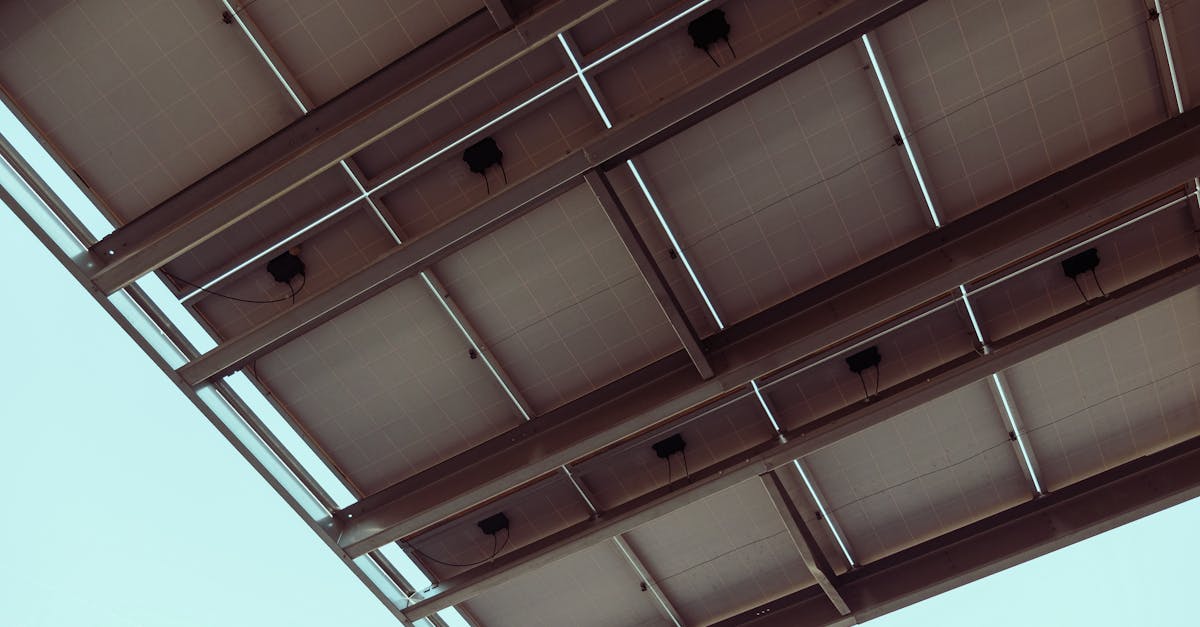
Why You Should Switch to Solar Energy for Your Home
Solar energy systems are known for their low maintenance needs, making them an appealing option for homeowners. Once installed, most solar panels require minimal attention. A yearly inspection is typically sufficient to ensure everything is functioni...
Read more →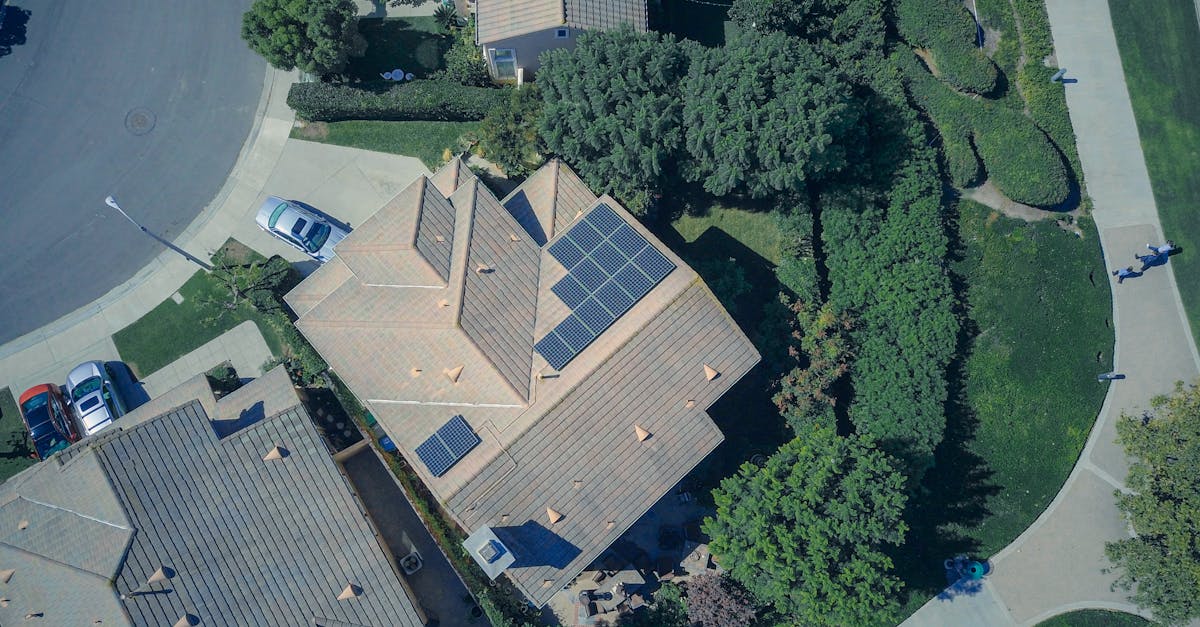
Why Residential Solar PV Systems are Worth the Investment
Selecting a qualified solar installer is crucial for the success of any residential solar project. Homeowners should seek providers with a strong reputation in their local area, as well as positive reviews from previous clients. Checking for relevant...
Read more →
What to Consider When Upgrading Your Solar PV System
The installation location of a solar PV system plays a crucial role in its overall efficiency and effectiveness. Factors such as shade from surrounding trees, buildings, or other structures can significantly impact energy production. Evaluating the s...
Read more →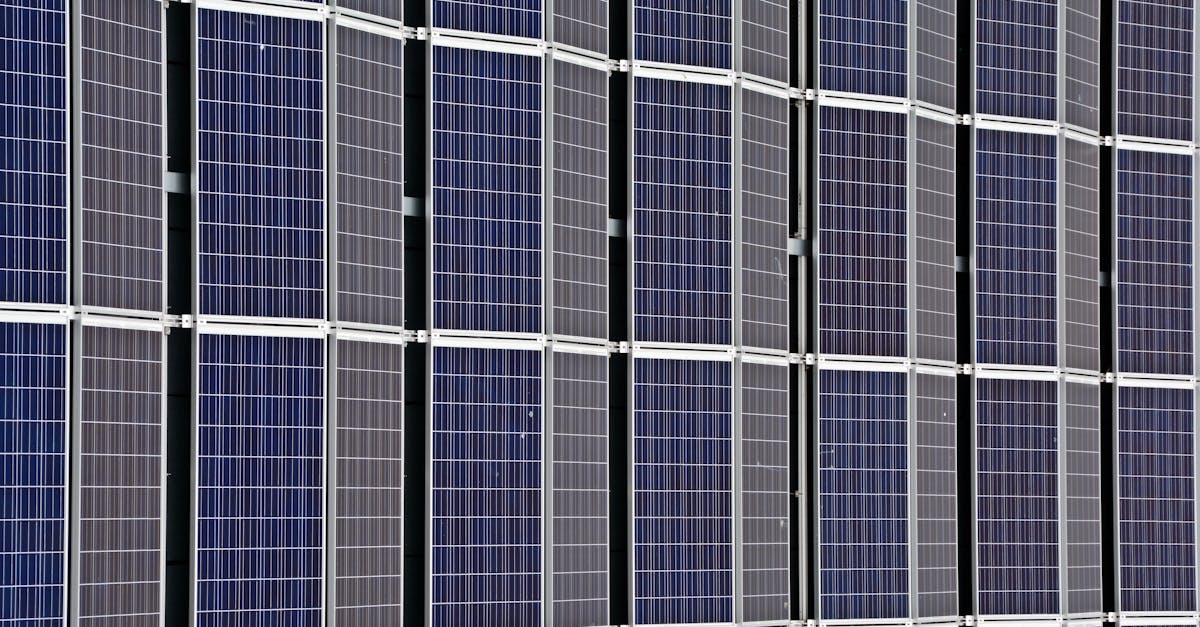
What is a Residential Solar PV System
Proper upkeep is essential for ensuring that a solar photovoltaic system operates efficiently over its lifespan. Regular inspections are recommended to check for dirt accumulation, debris, or any shading from nearby structures that may affect perform...
Read more →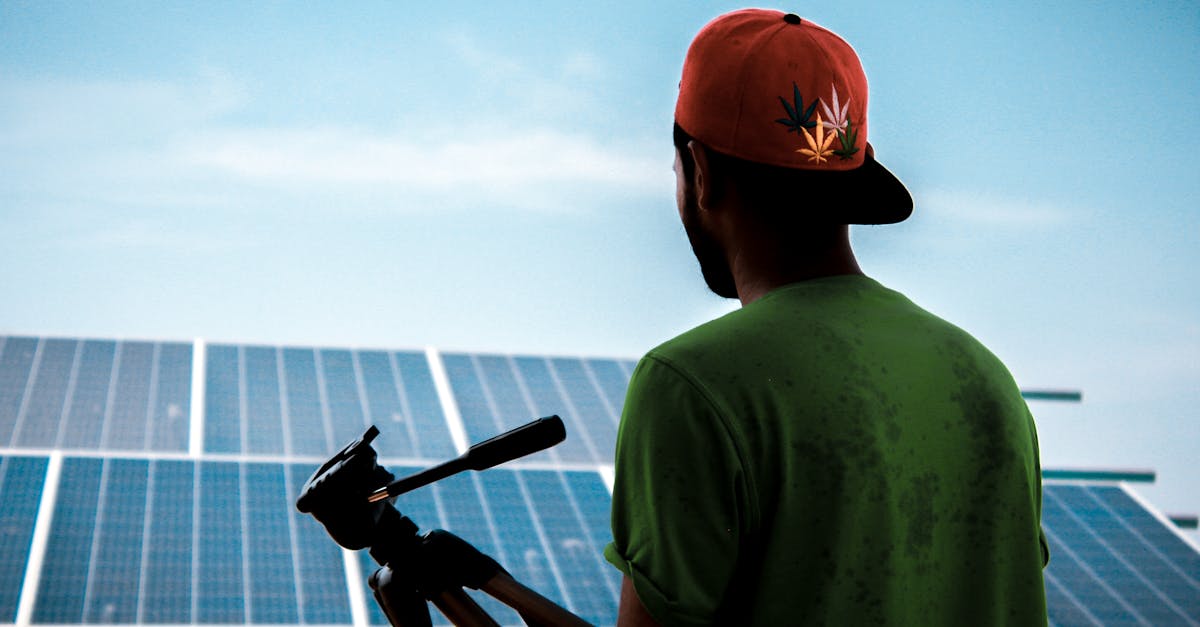
How to Choose the Best Solar PV System for Your Home
Selecting the right solar inverter is a pivotal decision when planning a solar PV system. Among the primary options available are string inverters and microinverters. String inverters consolidate power from multiple solar panels into a single output,...
Read more →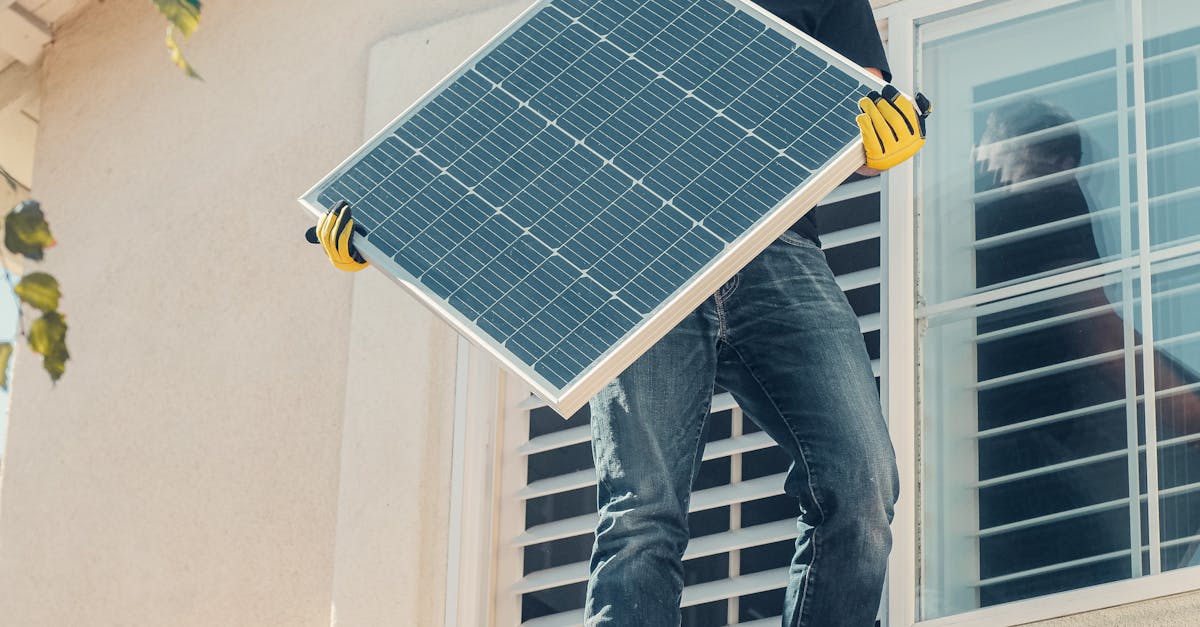
Review of the latest advancements in maintenance monitoring technologies
The development of sensors has significantly influenced the capabilities of maintenance monitoring systems. Enhanced sensor designs now include a variety of technologies, such as vibration analysis, thermal imaging, and acoustic emission sensors. The...
Read more →
How to Install a Residential Solar PV System
Understanding the specific characteristics of your property is essential before proceeding with a solar PV installation. Start by evaluating the available roof space. Ideally, it should be free of shade from trees or nearby structures. Also, the orie...
Read more →
Roundup of top solar PV grid integration technologies
Inverters play a crucial role in the integration of solar power into the electrical grid, with grid-forming and grid-following types offering distinct functionalities. Grid-forming inverters enable the establishment of a new grid. They can operate in...
Read more →
The historical development of photovoltaic cell materials
Government bodies have played a vital role in the advancement of photovoltaic technologies by providing funding, incentives, and support for research initiatives. Many nations have recognised the importance of renewable energy and have established gr...
Read more →
10 key factors affecting solar PV system design
The choice of inverter is a crucial aspect in the design of any solar photovoltaic (PV) system. Inverters are responsible for converting the direct current (DC) generated by solar panels into alternating current (AC), which can be used by household a...
Read more →
Why energy conversion efficiency matters in solar energy
The efficiency rates of solar panels significantly influence the economic landscape of renewable energy. Higher efficiency translates to more electricity generated from the same amount of sunlight, allowing for reduced investment in additional infras...
Read more →
Why grid integration technologies are vital for solar PV systems
A robust policy and regulatory framework is essential to foster the growth of solar photovoltaic (PV) systems. Governments play a pivotal role in creating a conducive environment for investment and development in solar technologies. Clear regulations...
Read more →
What to include in maintenance and performance monitoring plans
Establishing effective documentation practices is essential for any maintenance and performance monitoring plan. By capturing comprehensive records, organisations can track equipment condition and operational efficiency over time. Such documentation ...
Read more →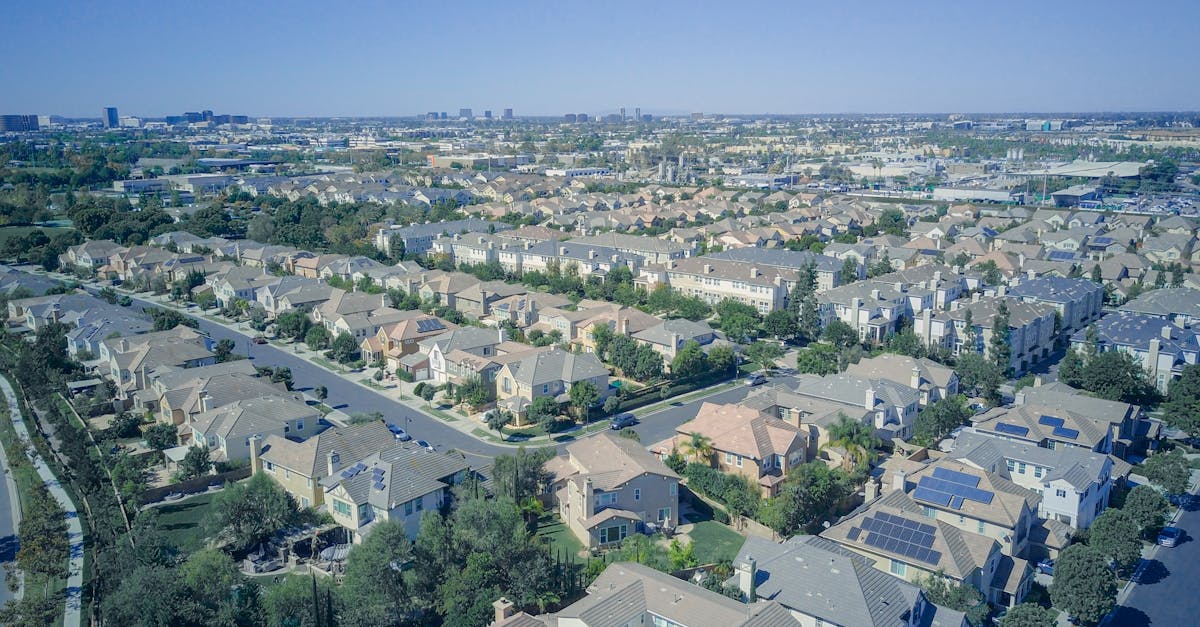
What to consider when designing a solar PV system
When planning a solar PV system, financial considerations play a pivotal role in determining the overall feasibility and return on investment. Start by assessing the total cost, which encompasses equipment, installation, and any additional features s...
Read more →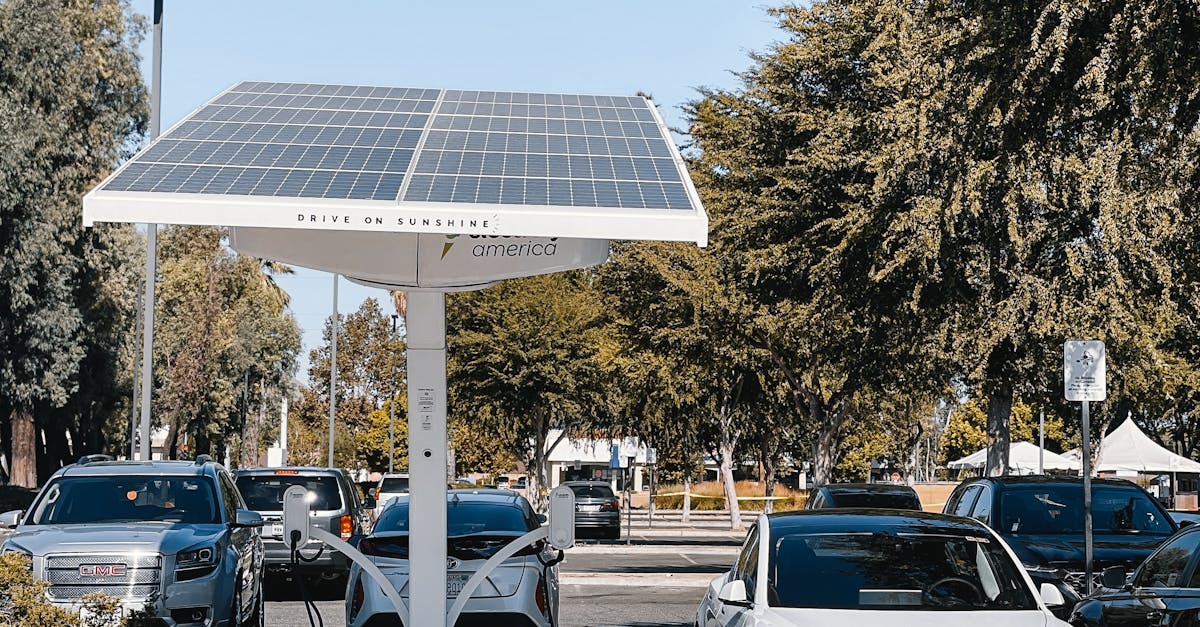
How to improve energy conversion efficiency in solar PV systems
Inverters play a crucial role in converting the direct current generated by solar panels into alternating current suitable for household use. Optimising their performance can significantly enhance the overall efficiency of solar PV systems. Selecting...
Read more →
How to choose the right photovoltaic cell materials
When selecting photovoltaic cell materials, it is essential to consider their longevity and durability. Materials that exhibit resistance to environmental factors such as moisture, temperature fluctuations and UV radiation tend to have a longer lifes...
Read more →
Roundup of the latest advancements in grid integration for solar PV
The integration of artificial intelligence in solar photovoltaic systems is revolutionising the management and optimisation of energy production. Advanced algorithms analyse real-time data from solar panels, weather conditions, and consumer demand to...
Read more →
Review of the best grid integration technologies for solar PV
Virtual Power Plants (VPPs) represent an innovative approach in the optimisation and management of distributed energy resources. By aggregating various energy assets, such as solar PV systems and battery storage, VPPs facilitate the efficient dispatc...
Read more →
7 essential grid integration technologies for solar PV
The rise of electric vehicles (EVs) has created a greater demand for reliable charging infrastructure. Solar energy can play a pivotal role in meeting this need. By integrating solar power generation with EV charging stations, users benefit from a su...
Read more →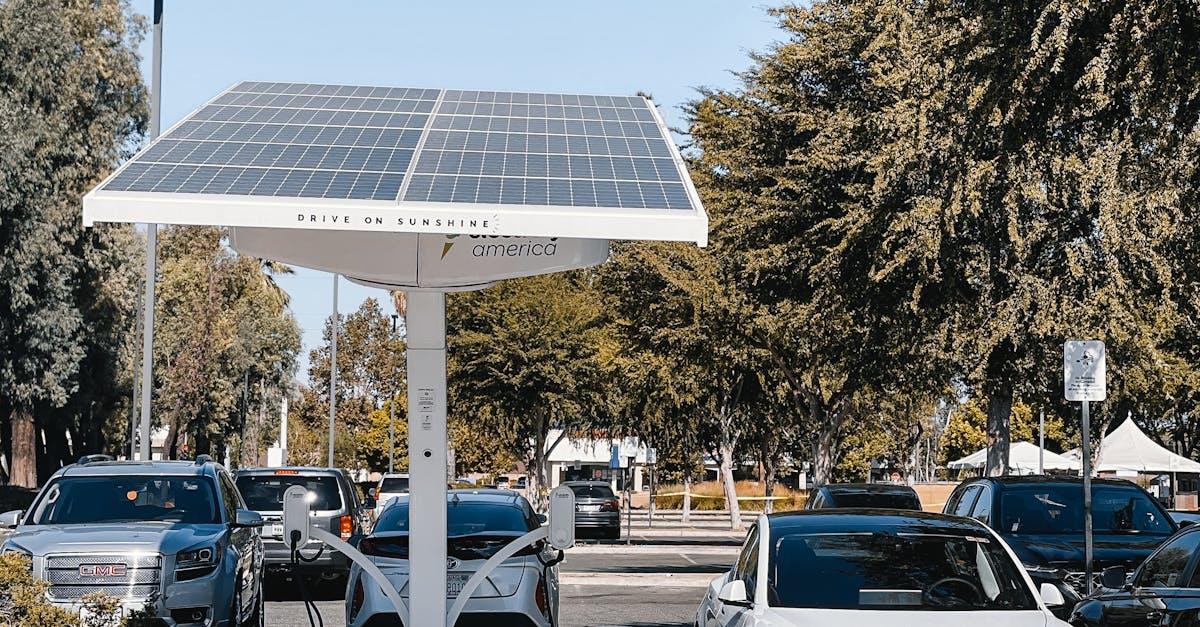
Historical development of grid integration technologies in solar PV
Many countries have made notable strides in integrating solar PV technologies into their energy grids. Germany serves as a prime example, having successfully implemented the feed-in tariff system that encourages local solar energy production. This po...
Read more →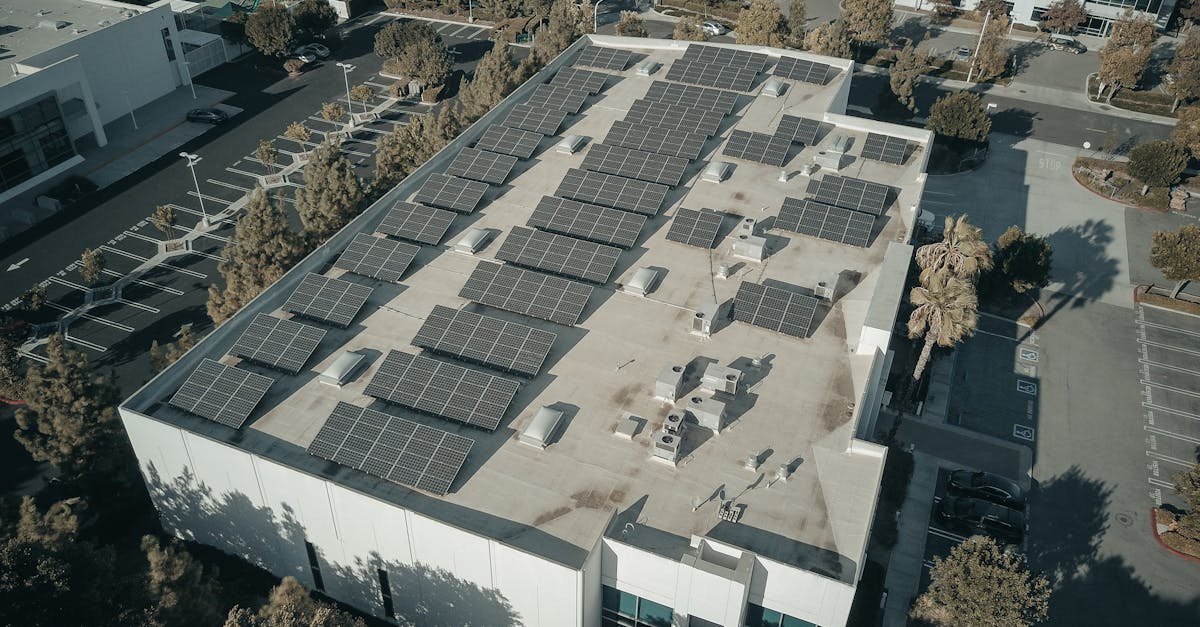
Why grid integration is crucial for solar PV systems
The growing adoption of solar photovoltaic (PV) systems has led to a pressing need for effective grid integration. Integrating these renewable energy sources into the existing grid can significantly reduce operational costs for utilities. A well-conn...
Read more →
Why advanced grid integration technologies enhance solar performance
Flexibility in energy consumption is vital for optimising solar performance. Demand response strategies encourage consumers to adjust their electricity usage during peak times, aligning it more closely with renewable energy generation. This harmonisa...
Read more →
What to know about grid integration technologies for solar PV
Energy storage technologies play a critical role in enhancing the efficiency and reliability of solar photovoltaic systems. Battery storage systems, particularly lithium-ion batteries, dominate the market due to their high energy density and declinin...
Read more →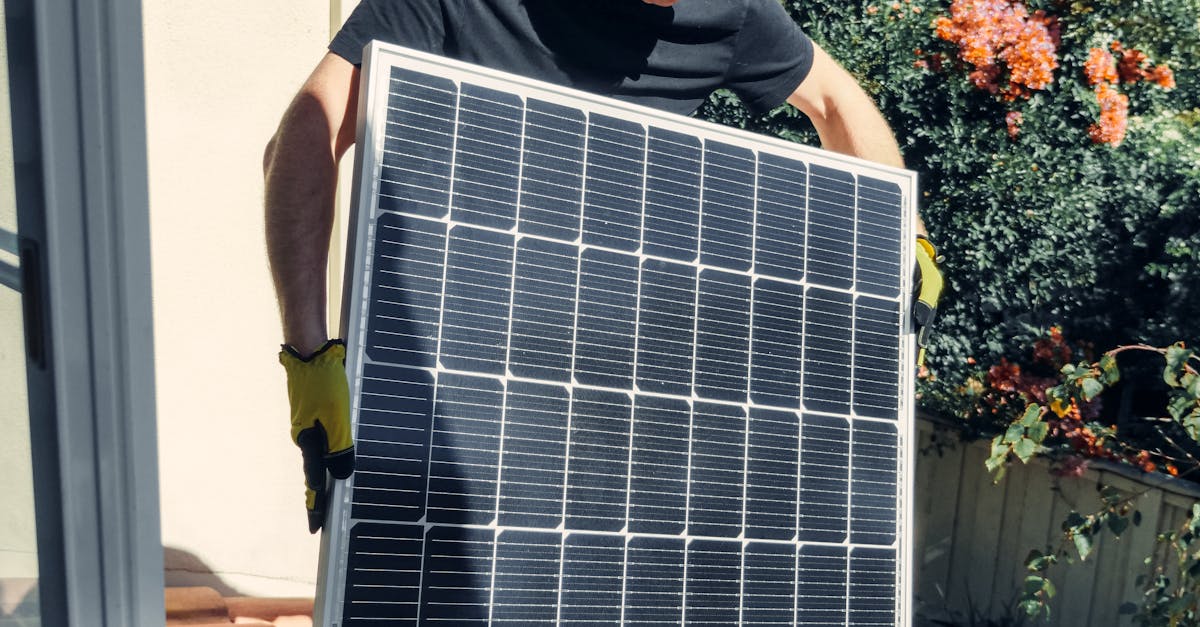
How to choose the right grid integration technology for solar PV systems
When evaluating grid integration technologies for solar PV systems, a comprehensive cost analysis is essential. Initial investments may fluctuate significantly depending on the chosen technology. For instance, traditional grid-tied inverters might pr...
Read more →
What to consider for effective grid integration of solar PV
The choice of inverter is pivotal for the overall performance of a solar PV system. Different types of inverters, such as string inverters, microinverters, and central inverters, offer distinct advantages depending on the system's size and configurat...
Read more →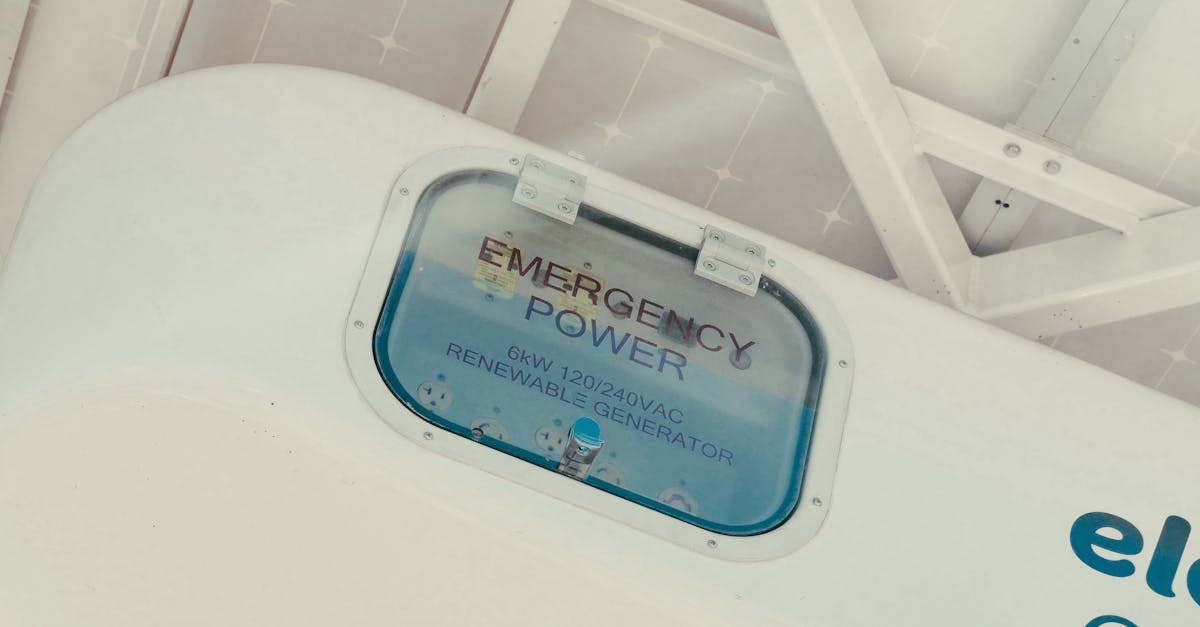
How to optimise solar PV systems for better grid integration
The integration of energy storage solutions is crucial for enhancing the performance of solar photovoltaic (PV) systems. These solutions, including batteries and pumped hydro storage, enable the capture of surplus energy generated during peak sunligh...
Read more →
Roundup of Best Practices for Solar PV System Design
The aesthetic integration of solar PV systems into buildings enhances both visual appeal and functionality. Thoughtful placement of solar panels can complement the existing architecture while fulfilling energy needs. Options such as solar shingles or...
Read more →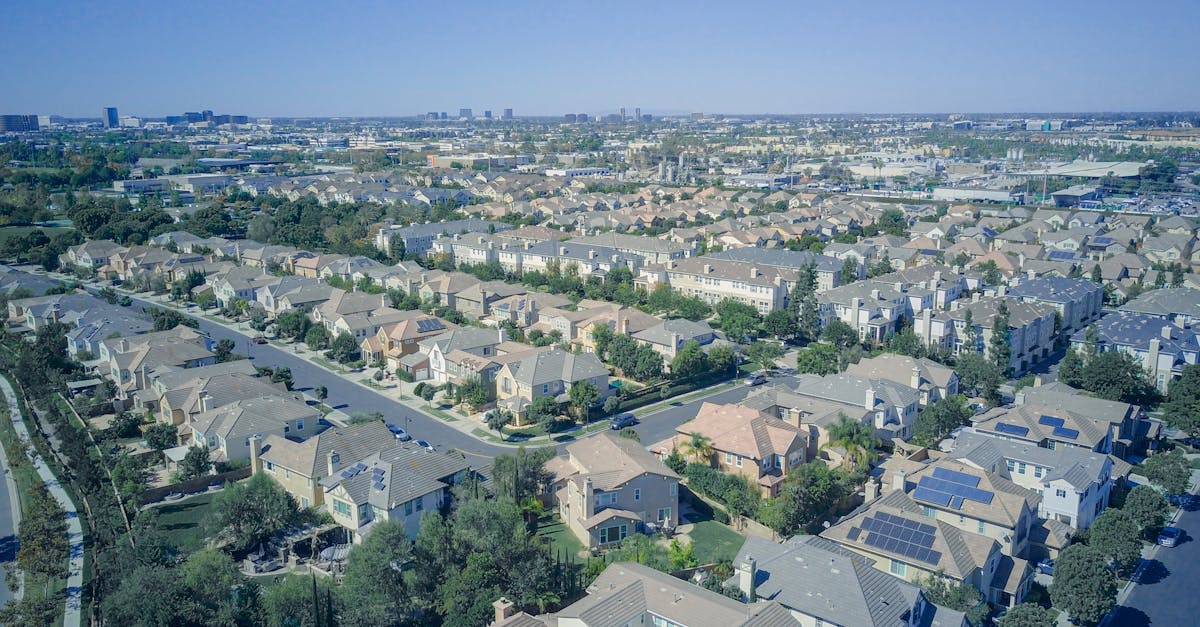
Review of the Latest Energy Conversion Efficiency Technologies in Solar PV
Organic photovoltaics (OPVs) represent an innovative frontier in solar energy technology, offering a flexible and lightweight alternative to traditional silicon-based systems. Their unique composition allows for the production of solar cells that can...
Read more →
10 Innovative Photovoltaic Cell Materials to Watch
The unique properties of silicon nanowires make them a promising candidate for next-generation solar cells. Their one-dimensional structure allows for a higher surface area to volume ratio, enhancing the absorption of sunlight. This configuration fac...
Read more →
Historical Advances in Solar PV Energy Conversion Technology
Recent advancements in multi-junction solar cells have significantly enhanced their ability to convert sunlight into electricity. These innovative cells incorporate multiple layers of semiconductor materials, each designed to absorb different wavelen...
Read more →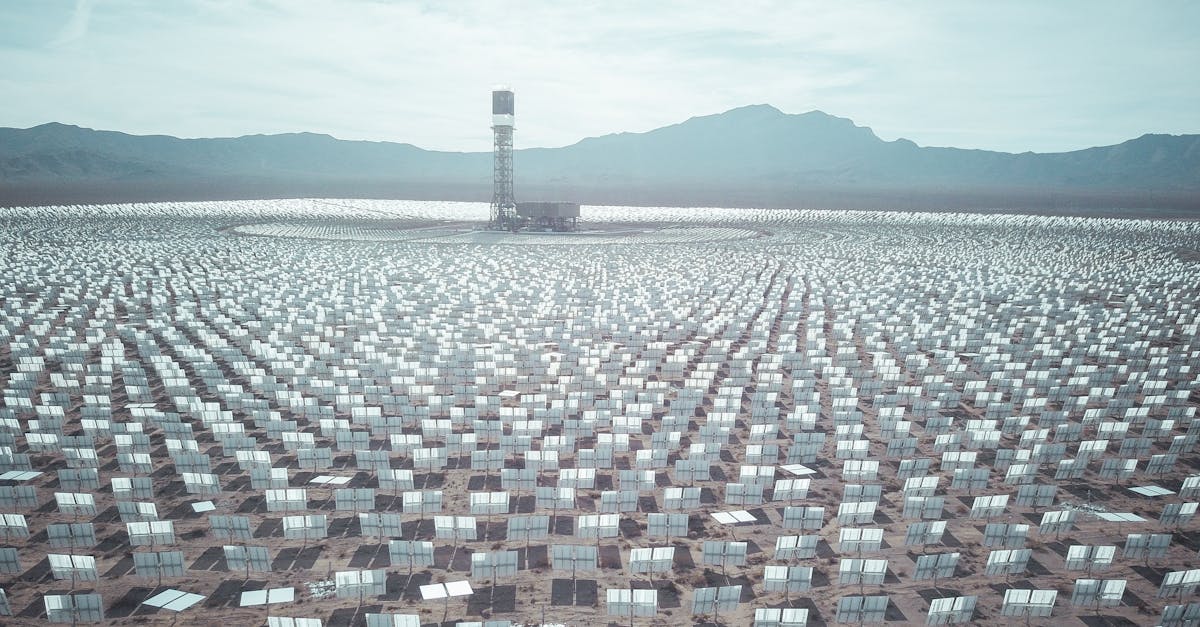
Why Energy Conversion Efficiency Matters in Solar Applications
Advancements in material science have led to significant improvements in solar cell efficiency. Researchers have developed new materials and techniques that enhance light absorption and reduce energy losses. For instance, perovskite solar cells have ...
Read more →
Why Maintenance is Crucial for Solar PV Performance Monitoring
Professional services play a vital role in ensuring the optimal performance of solar PV systems. These experts bring specialised knowledge in both installation and ongoing maintenance, which can significantly enhance the efficiency and lifespan of so...
Read more →
What to Know About Grid Integration Technologies for Solar Power
Energy storage solutions are vital for optimising the benefits of solar power. They help to alleviate the intermittent nature of solar energy generation by storing excess energy produced during peak sunlight hours. This stored energy can be dispatche...
Read more →
What to Consider for Optimal System Design and Architecture in Solar PV
Energy storage solutions play a crucial role in enhancing the efficiency and reliability of solar PV systems. They allow for the capture and storage of excess energy generated during peak sunlight hours, making it available for use during periods of ...
Read more →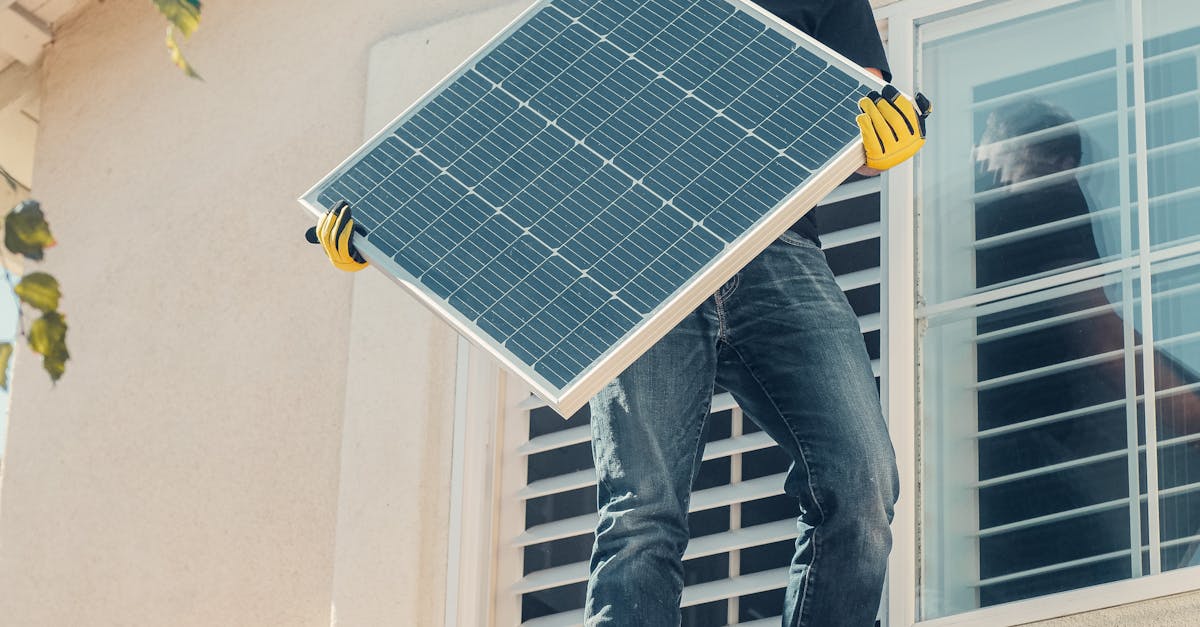
How to Choose the Right Photovoltaic Cell Materials
The reputation of a manufacturer plays a pivotal role in the selection of photovoltaic cell materials. Established brands often demonstrate a commitment to quality through rigorous testing and consistent performance standards. Trust in a manufacturer...
Read more →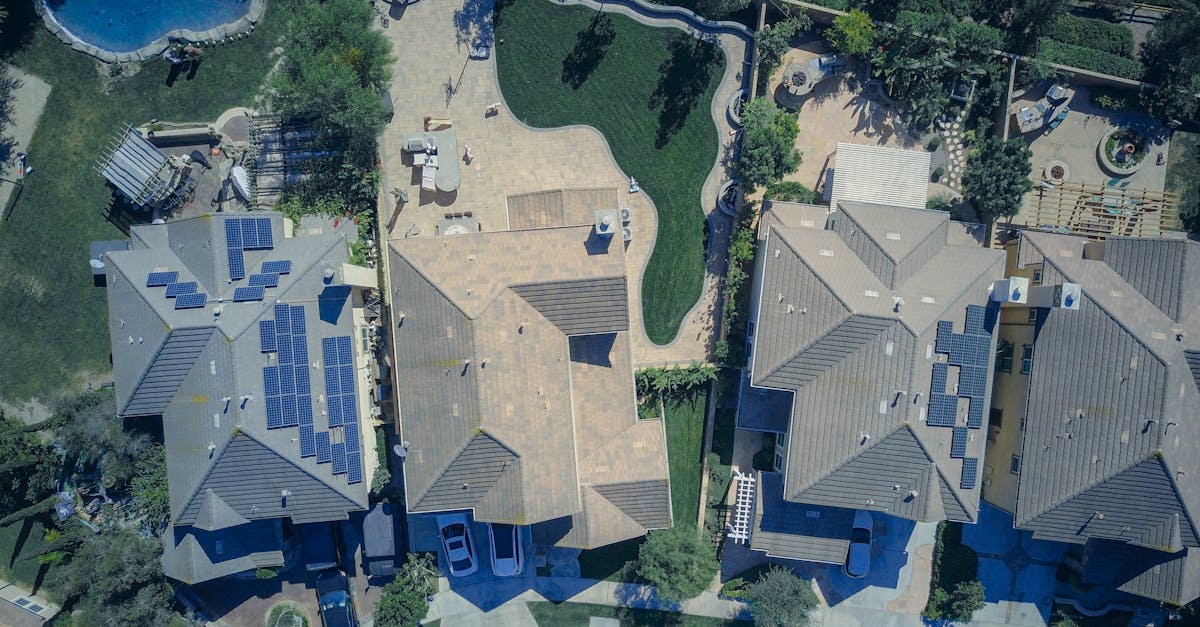
How to Improve Energy Conversion Efficiency in Solar PV Systems
Ensuring optimal performance in solar PV systems requires a commitment to regular maintenance practices. Cleaning the solar panels routinely can significantly enhance energy output by removing dust, debris, and other obstructions. Environmental facto...
Read more →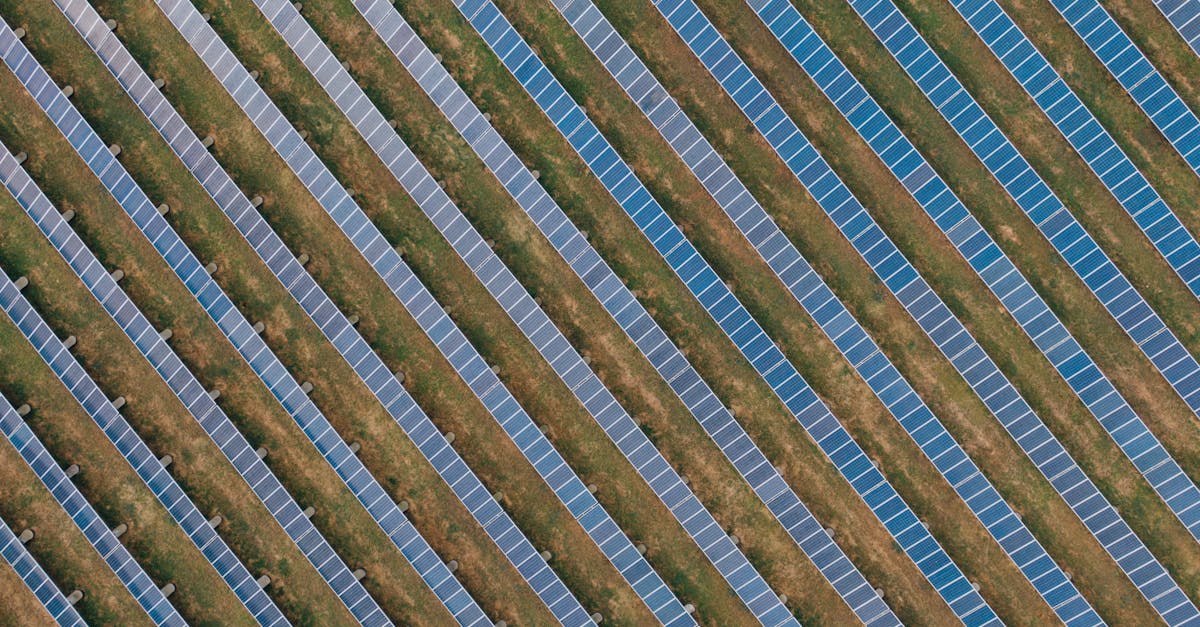
Roundup of Best Practices for Solar PV Maintenance
Regular inspection of electrical connections in a solar PV system is essential for ensuring optimal performance and safety. Loose or corroded connections can lead to significant energy losses and potentially hazardous situations. Technicians should v...
Read more →
Review of the Latest Grid Integration Technologies for Solar PV
The shift towards decentralised energy systems has led to a significant rise in the use of microgrids. These systems facilitate the integration of diverse energy sources, including solar photovoltaic (PV) panels, into localised grids. Microgrids enha...
Read more →
10 Innovative Solar PV System Designs
Customised solar solutions have gained popularity for their ability to blend seamlessly into various architectural styles. Solar skins allow homeowners to tailor the appearance of their solar panels, transforming them from conventional black or blue ...
Read more →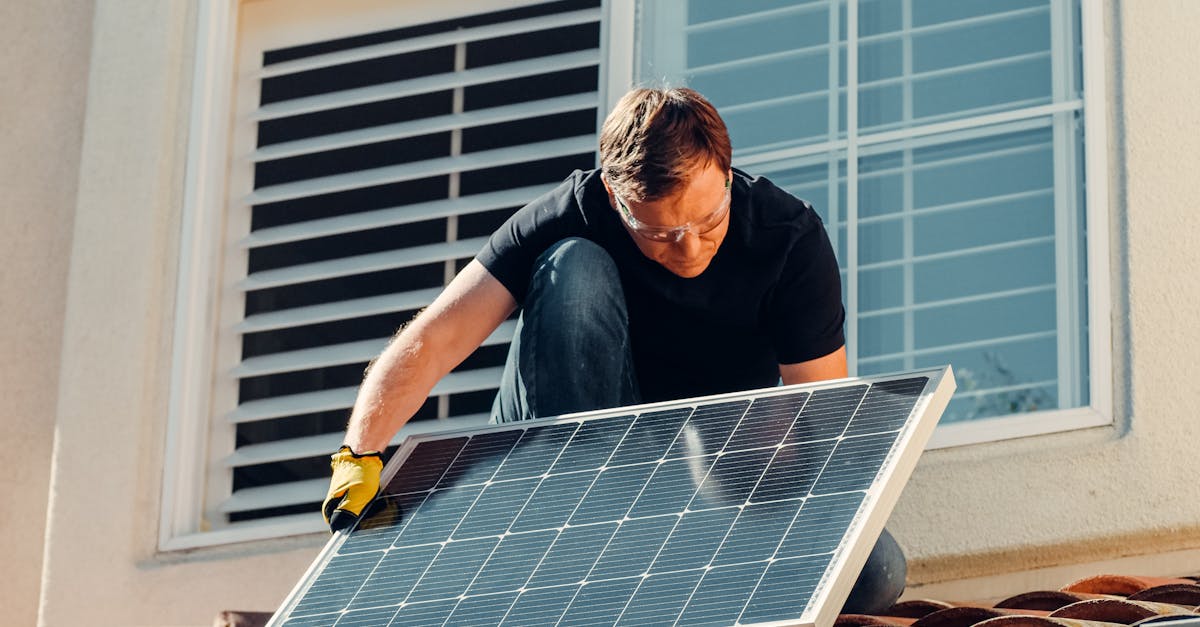
Historical Development of Solar PV Technology
Government policies have played a crucial role in the expansion of solar energy adoption globally. Many countries implemented legislation aimed at reducing reliance on fossil fuels, while promoting the shift towards renewable energy sources. These po...
Read more →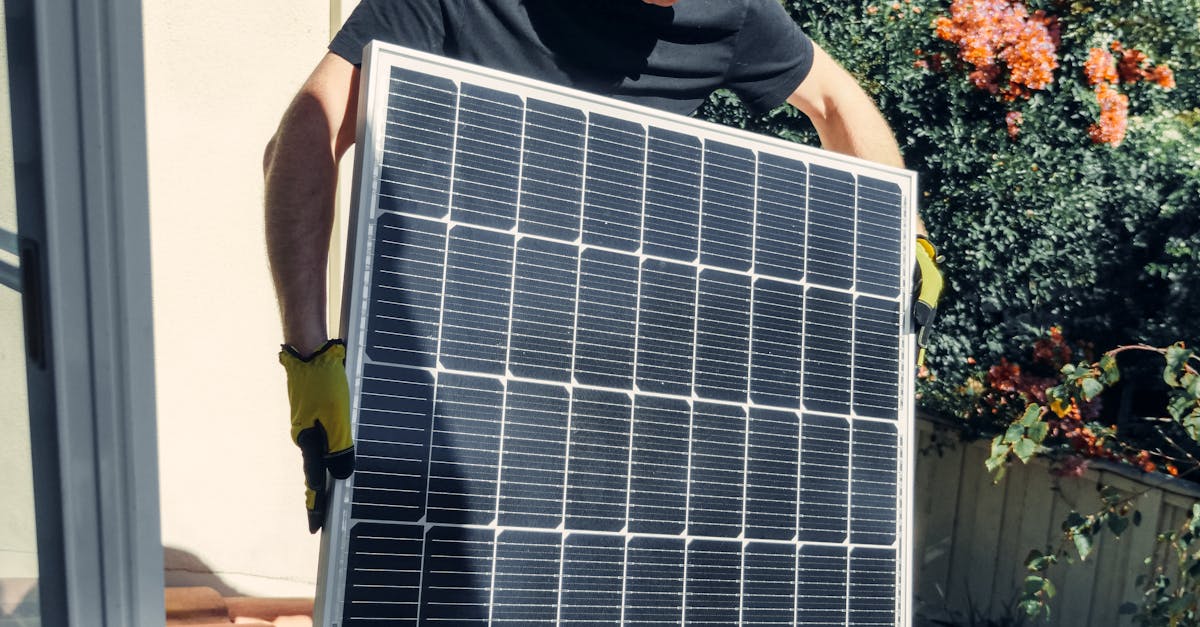
Why Energy Conversion Efficiency Matters in Solar PV
Temperature significantly influences the energy conversion efficiency of solar photovoltaic (PV) systems. As temperatures rise, the performance of many solar panels can decline sharply. This is primarily due to an increase in resistance within the so...
Read more →
Why Maintenance is Crucial for Solar PV Performance
Monitoring systems play an essential role in the efficient operation of solar photovoltaic (PV) systems. These systems collect and analyse data regarding energy production, efficiency, and overall system performance. By assessing this information, us...
Read more →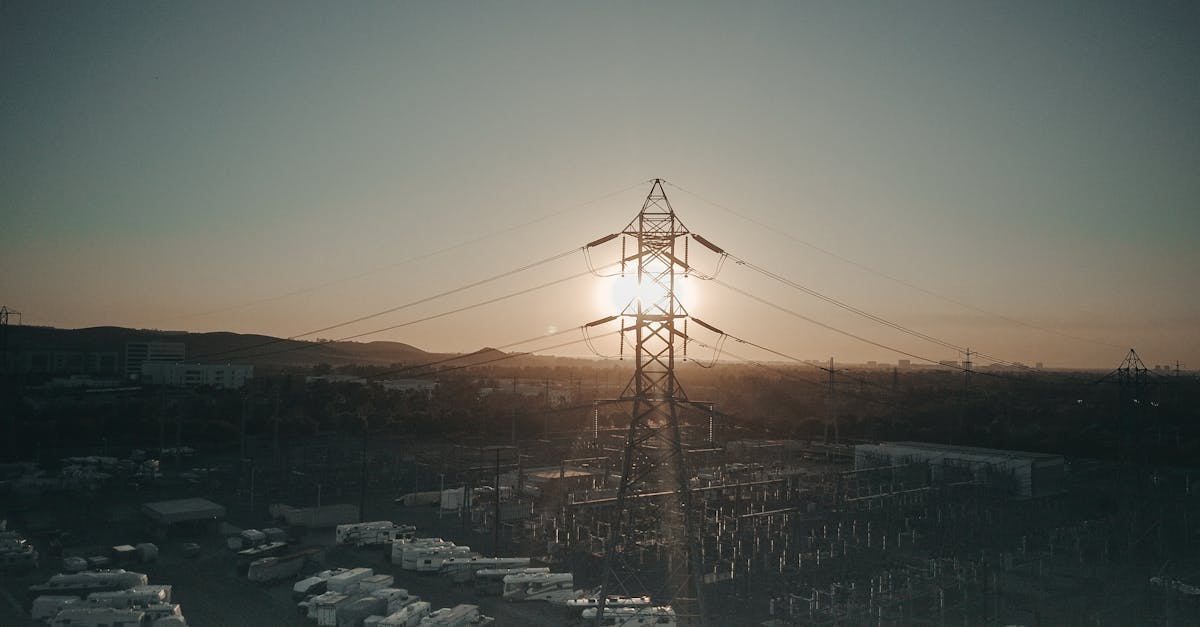
What are the Best Photovoltaic Cell Materials
This emerging technology harnesses organic materials to convert solar energy into electricity. Typically, these materials include polymers and small organic molecules, which can be processed into thin films. The flexibility and lightweight nature of ...
Read more →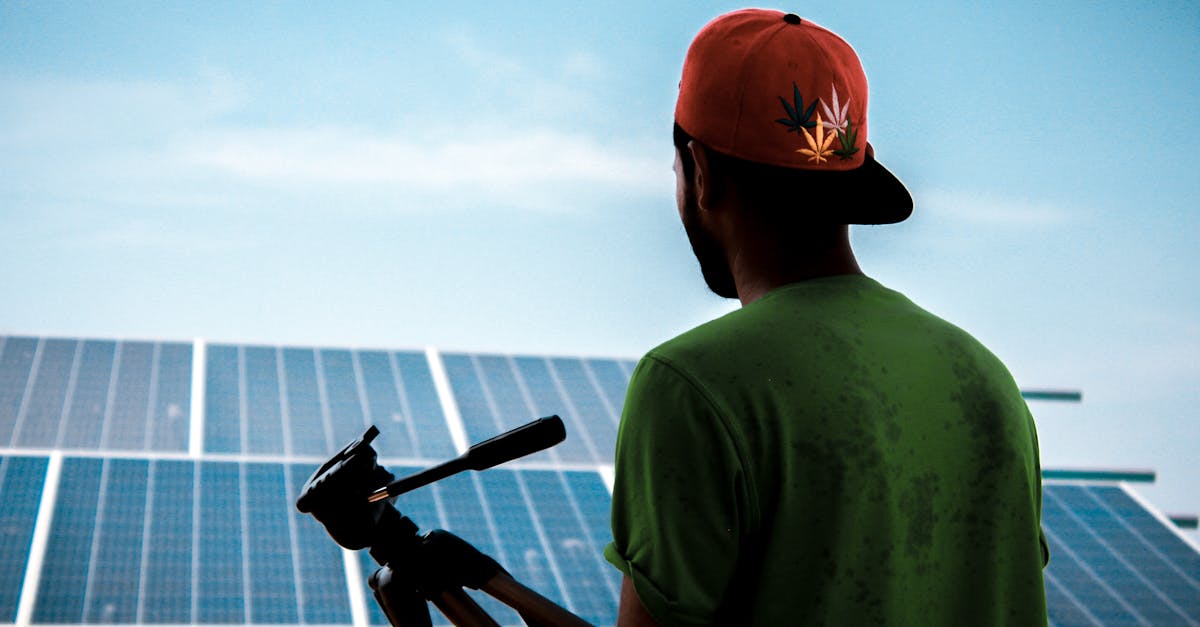
What to Consider When Integrating Solar PV with the Grid
An effective site assessment is crucial for maximising the performance of solar photovoltaic (PV) systems. Factors such as geographical location, local climate conditions, and the specific characteristics of the installation site play significant rol...
Read more →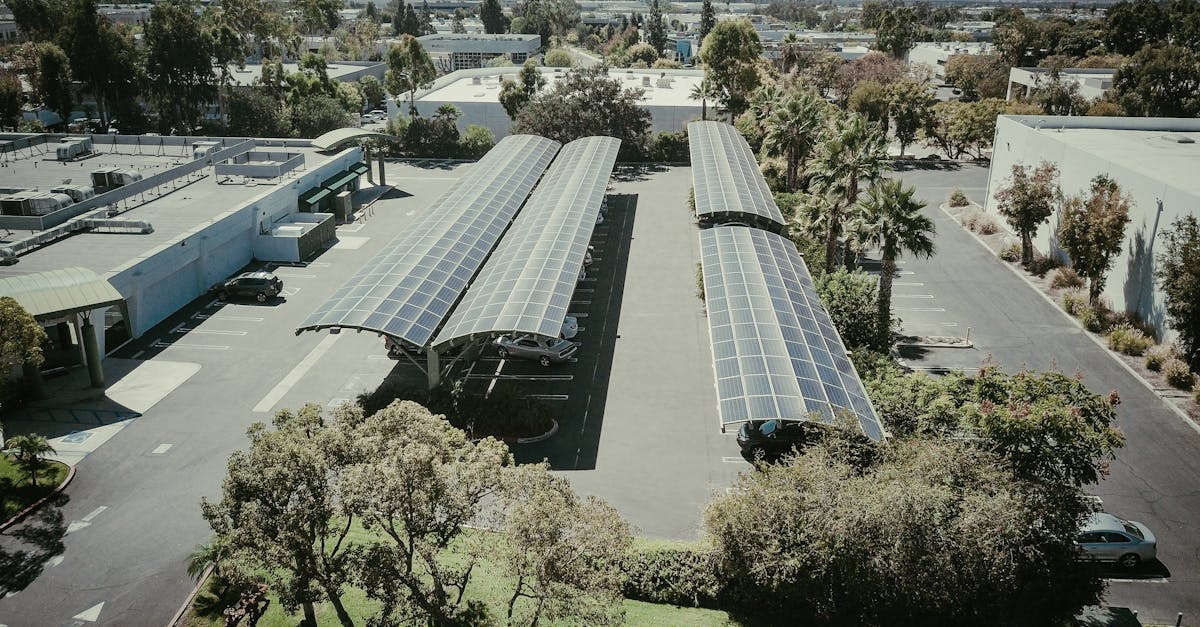
How to Improve Energy Conversion Efficiency in Solar PV Systems
Regular maintenance is crucial to ensure optimal performance of solar photovoltaic systems. Regular inspections help identify any issues such as loose connections, dirt accumulation, or shading from nearby vegetation. Scheduled cleaning of solar pane...
Read more →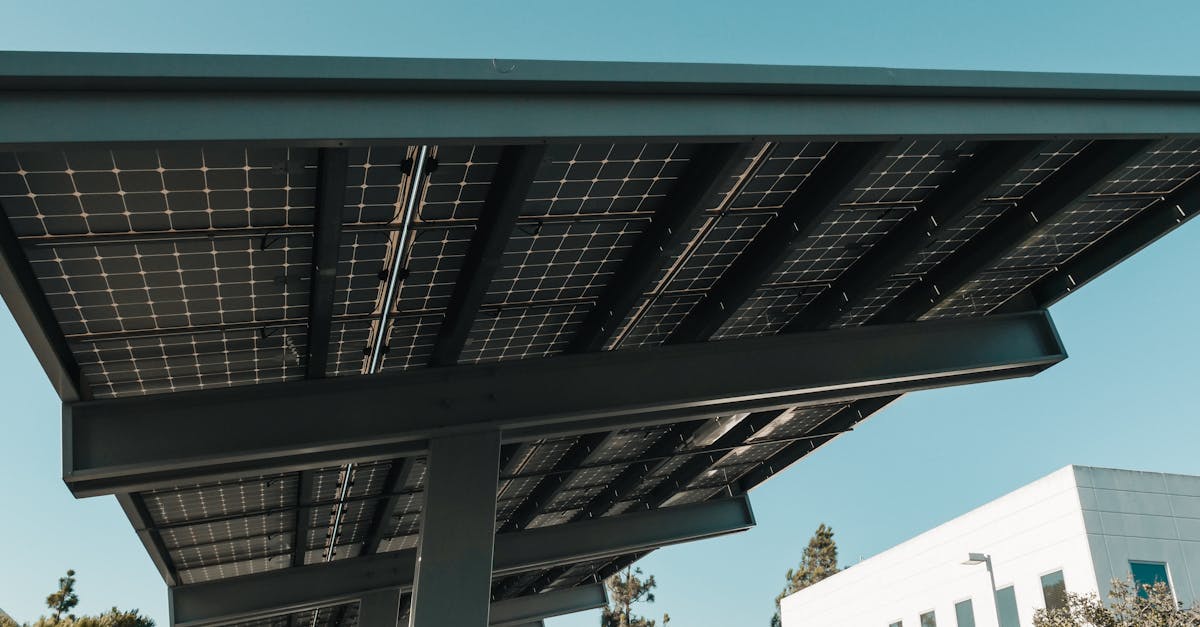
How to Choose the Right System Design for Solar PV
Battery storage plays a pivotal role in enhancing the efficiency and reliability of solar photovoltaic systems. Solar energy production varies throughout the day, often peaking during sunlight hours when energy demand may be lower. By incorporating b...
Read more →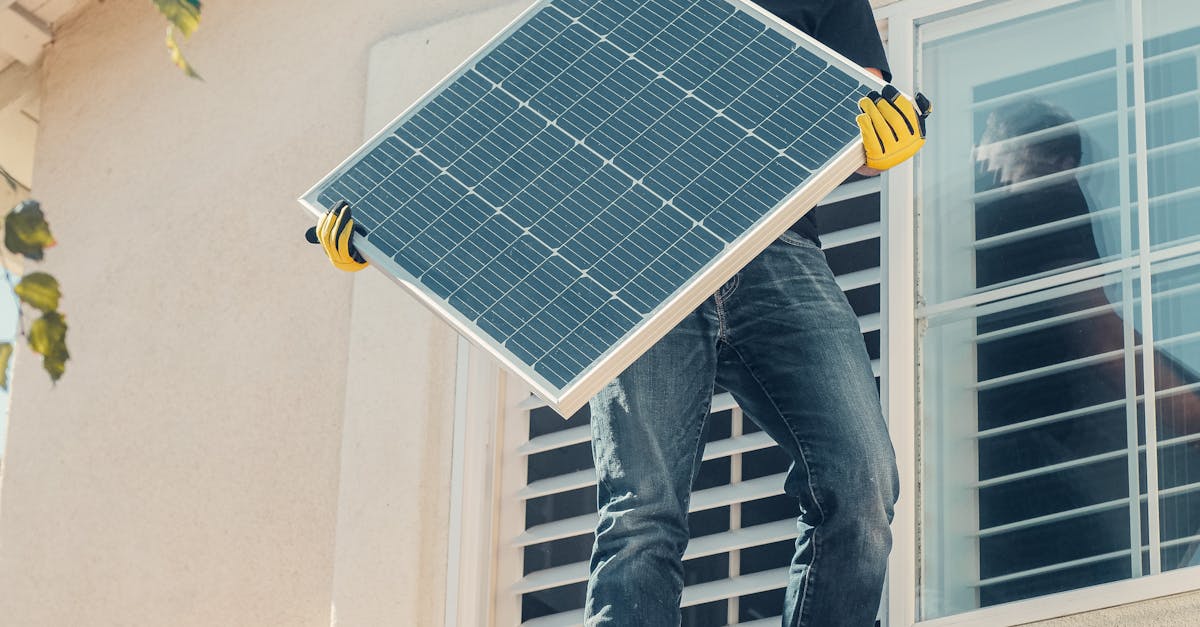
Review of Top Photovoltaic Cell Technologies
The integration of photovoltaic cells into building materials represents a significant advancement in solar technology. This approach transforms conventional structures into energy-generating assets while maintaining aesthetic appeal. Solar panels ca...
Read more →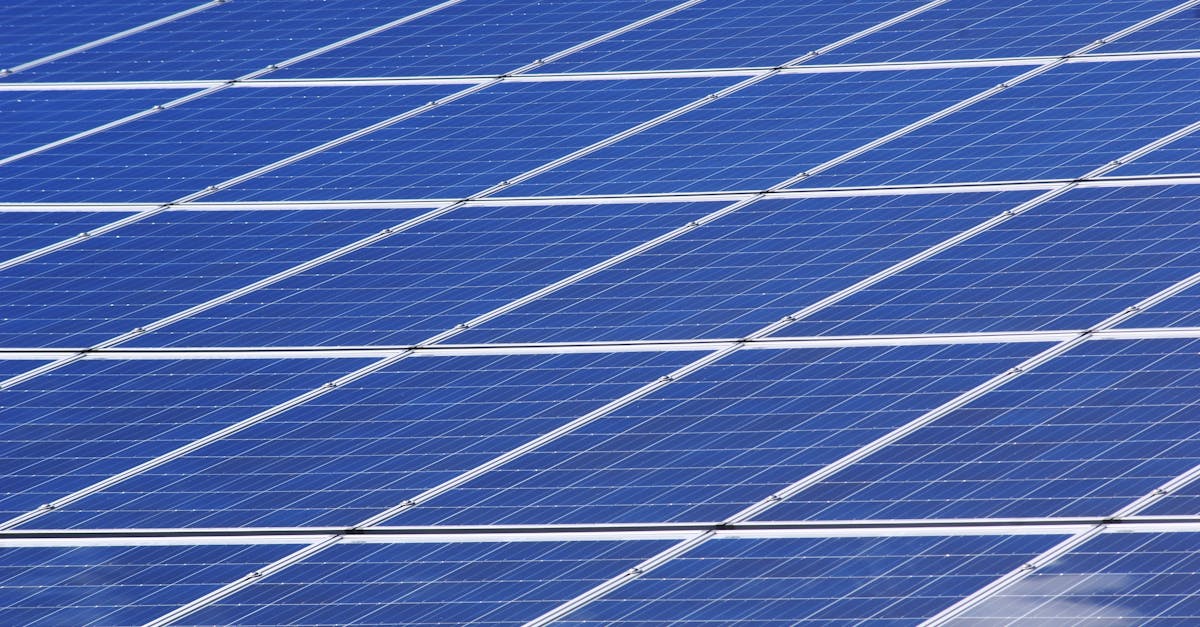
Roundup of Innovations in Solar PV Technology
The advancement of solar photovoltaic (PV) technologies has led to significant improvements in the overall environmental impact of solar energy generation. Modern solar panels are designed to be more efficient, ensuring that a greater amount of sunli...
Read more →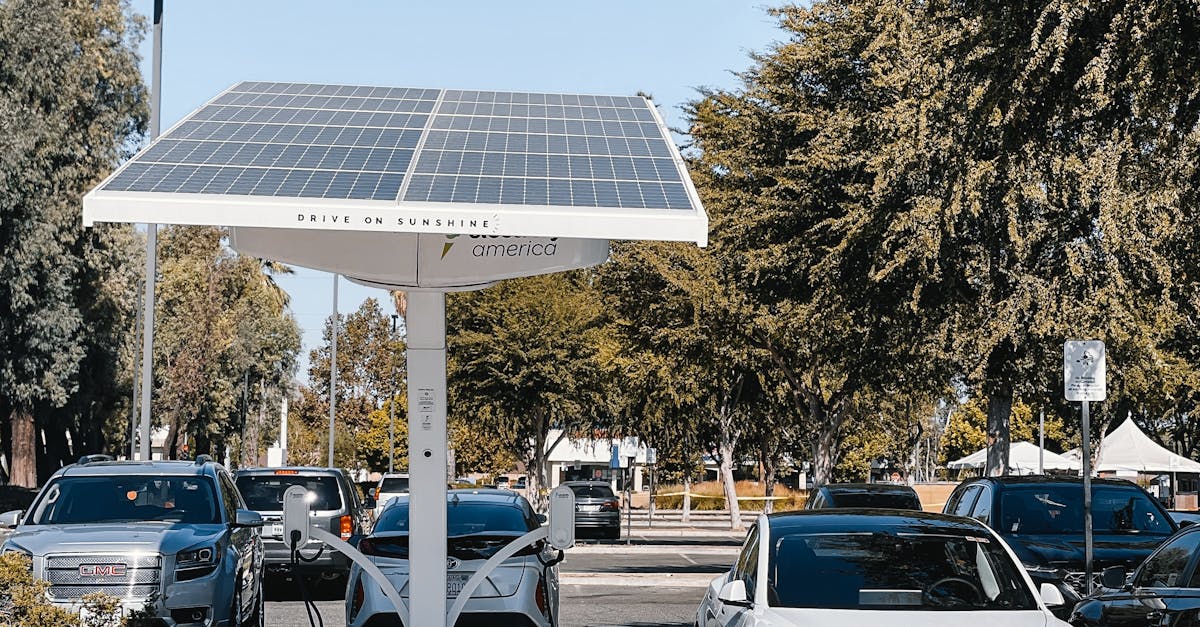
10 Best Photovoltaic Cell Materials in 2023
Organic photovoltaic cells have gained considerable attention in recent years due to their potential for flexibility, lightweight design, and lower production costs compared to traditional silicon-based solar cells. These materials, often derived fro...
Read more →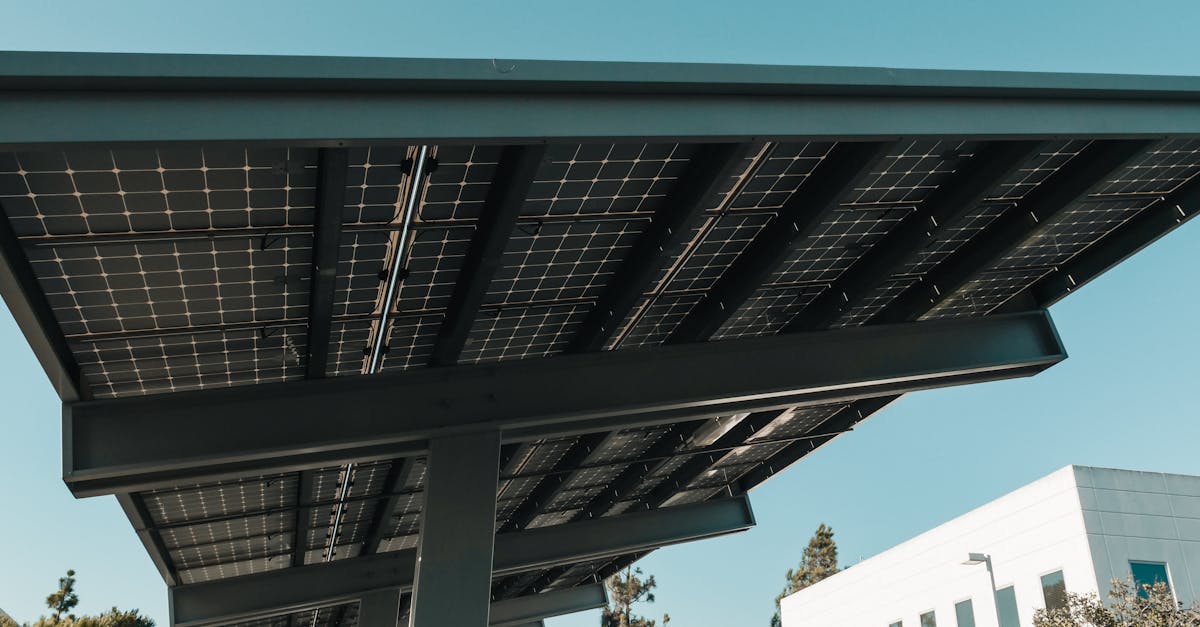
The Historical Development of Photovoltaic Technology
The growing awareness of climate change and the need for sustainable energy solutions have accelerated the adoption of solar energy across the globe. Many countries have implemented supportive policies and incentives, encouraging both residential and...
Read more →
Why Maintenance is Crucial for Solar PV Performance
Warranties play a critical role in the lifecycle of solar photovoltaic systems. They typically cover specific components such as panels, inverters, and mounting structures, often ensuring replacement or repair in the event of failure within a designa...
Read more →
Why is Grid Integration Important for Solar PV Systems
Integrating solar photovoltaic systems into the existing power grid presents several challenges that can impede their widespread adoption. One significant issue is the variability of solar power generation, which fluctuates based on weather condition...
Read more →
How to Improve the Efficiency of Photovoltaic Cells
Regular maintenance is crucial for ensuring the optimal performance of photovoltaic cells. Without routine checks, dirt, dust, and debris can accumulate on the surface, significantly reducing their efficiency. Implementing a cleaning schedule can pre...
Read more →
What are the Latest Innovations in Photovoltaic Cell Materials
The development of tandem solar cells represents a significant leap in the efficiency of photovoltaic technology. By stacking multiple layers of solar cell materials, each tuned to absorb different parts of the solar spectrum, these cells can capture...
Read more →
What Factors Affect Photovoltaic Cell Efficiency
The angle at which photovoltaic cells are installed significantly influences their efficiency. Optimal tilt allows for maximising sunlight exposure, particularly during peak hours. Different geographical locations require tailored angles to capture t...
Read more →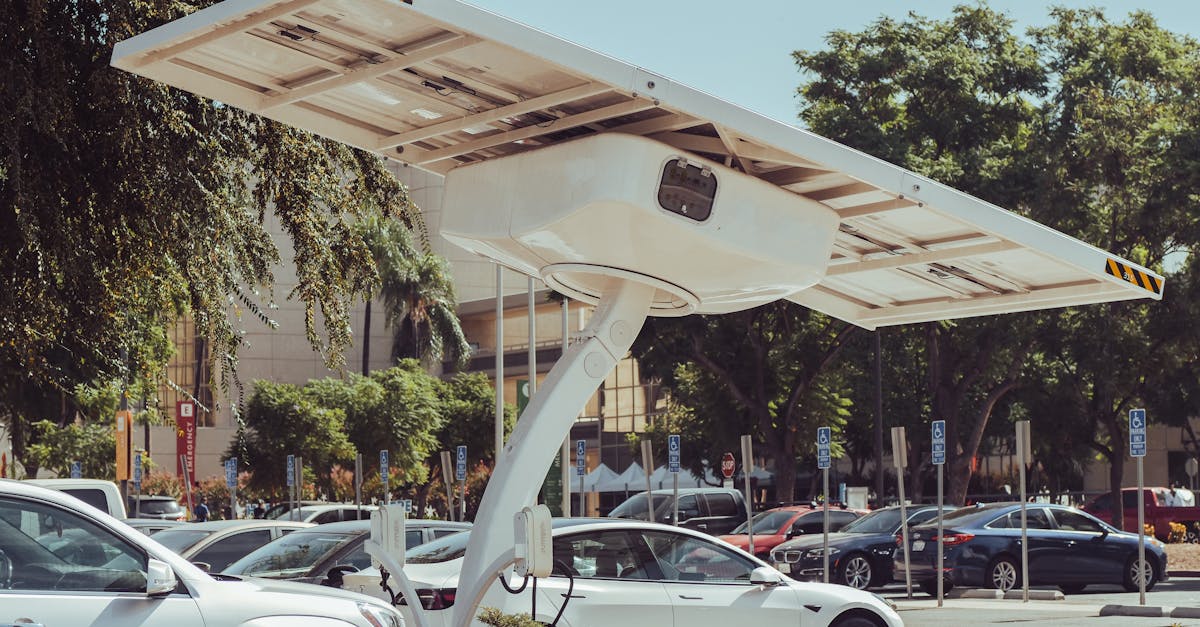
How to Choose the Right Photovoltaic Cell Material
The choice of photovoltaic cell material significantly impacts the overall costs associated with solar energy systems. Different materials exhibit varying price points, with monocrystalline cells typically commanding a higher price due to their effic...
Read more →